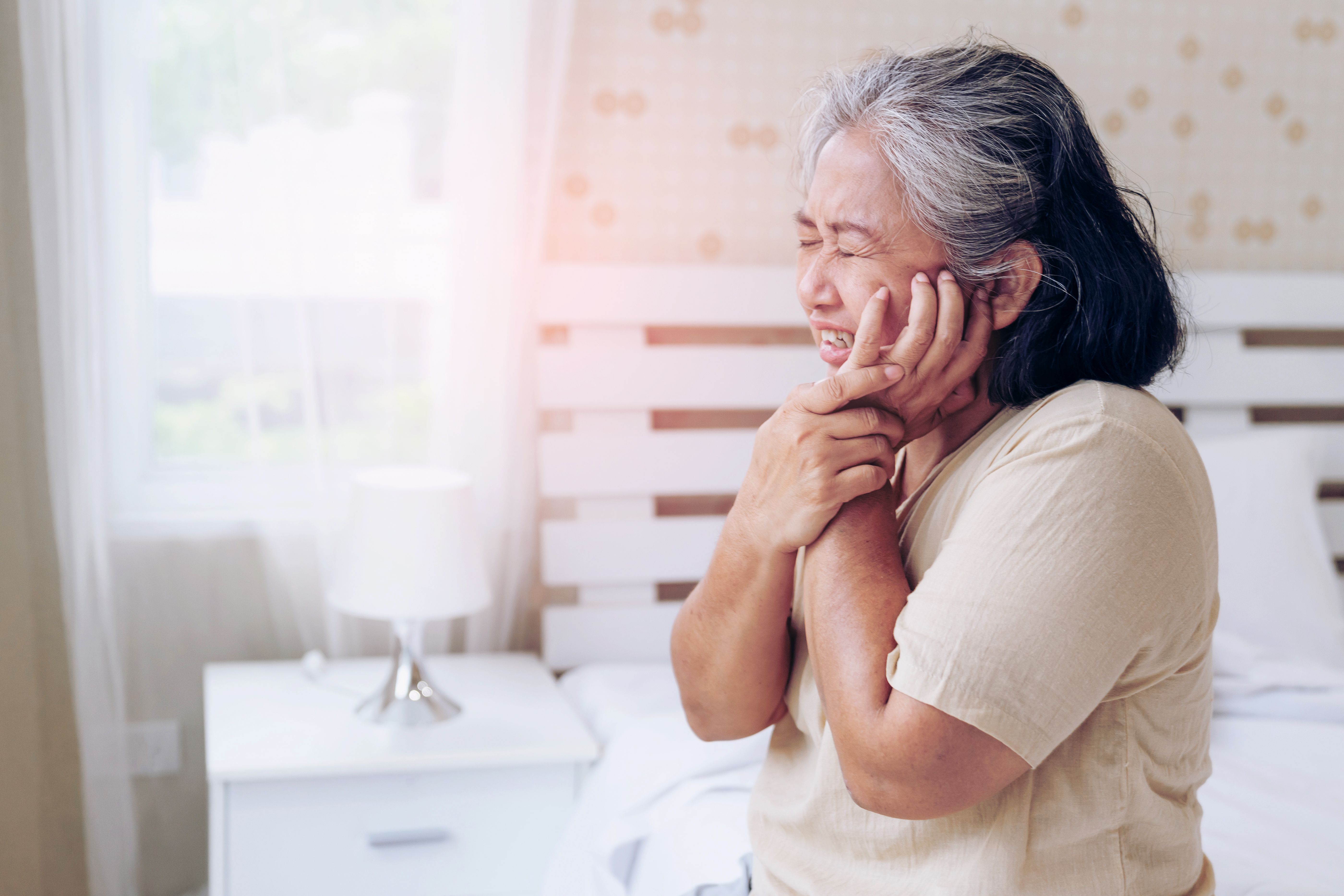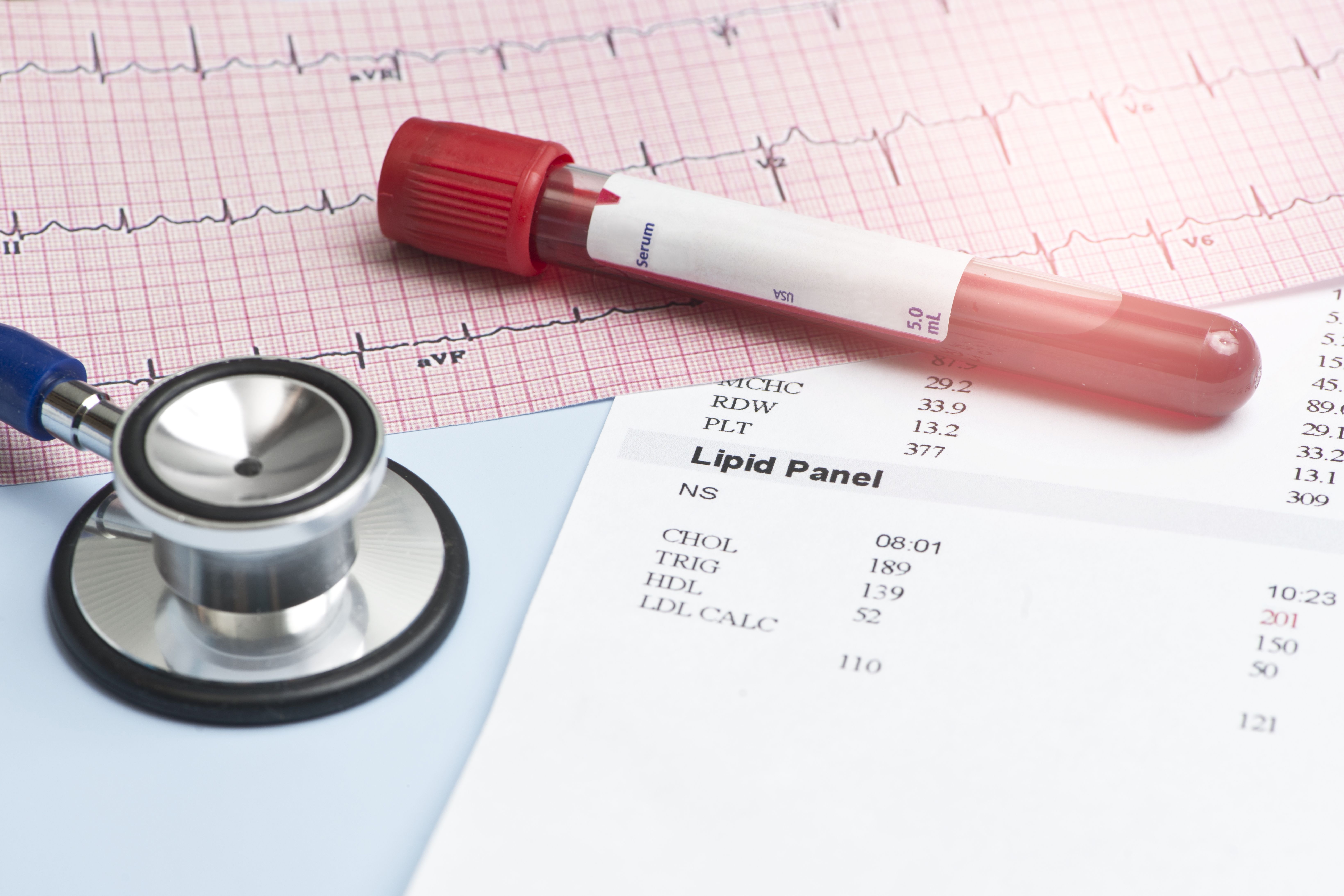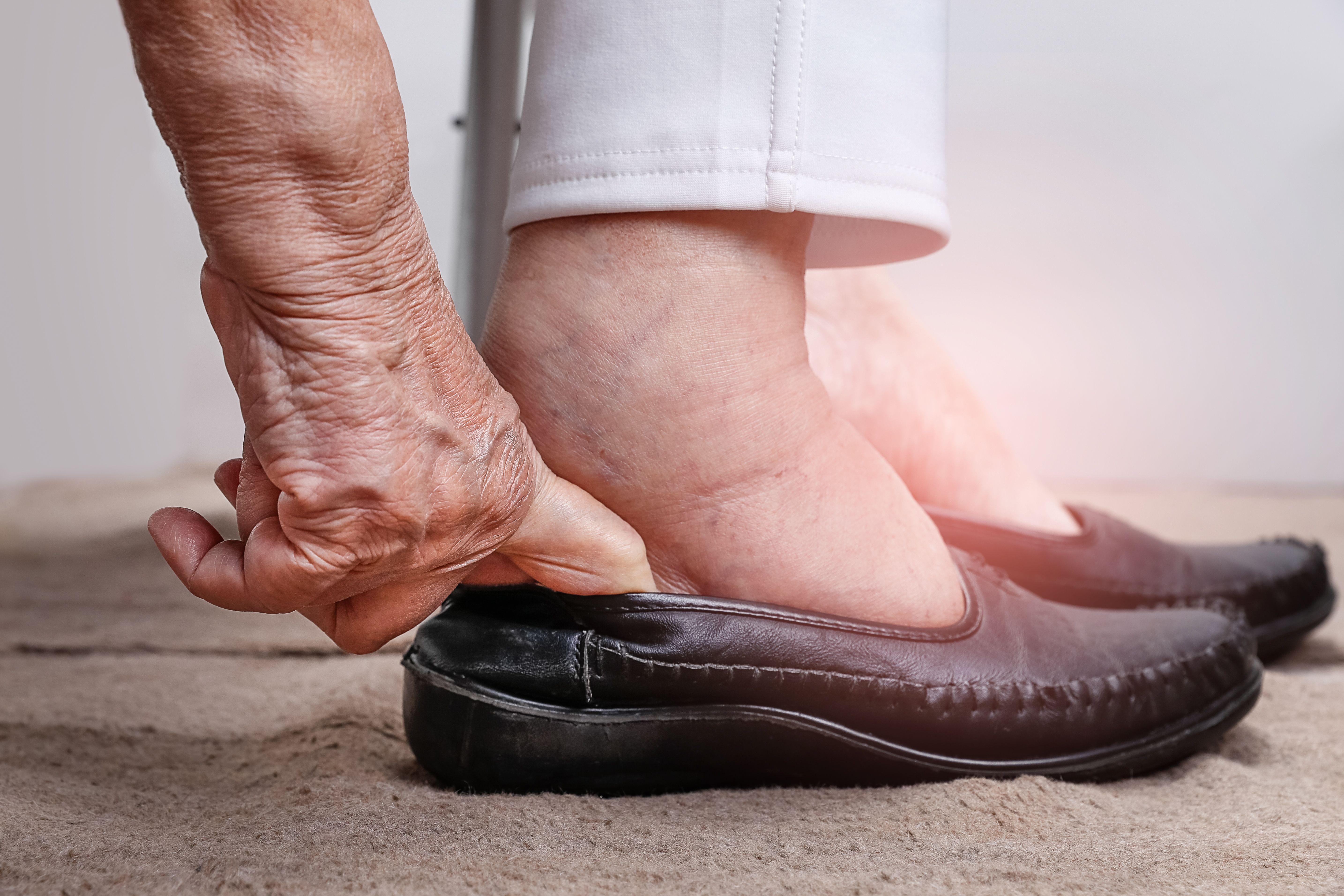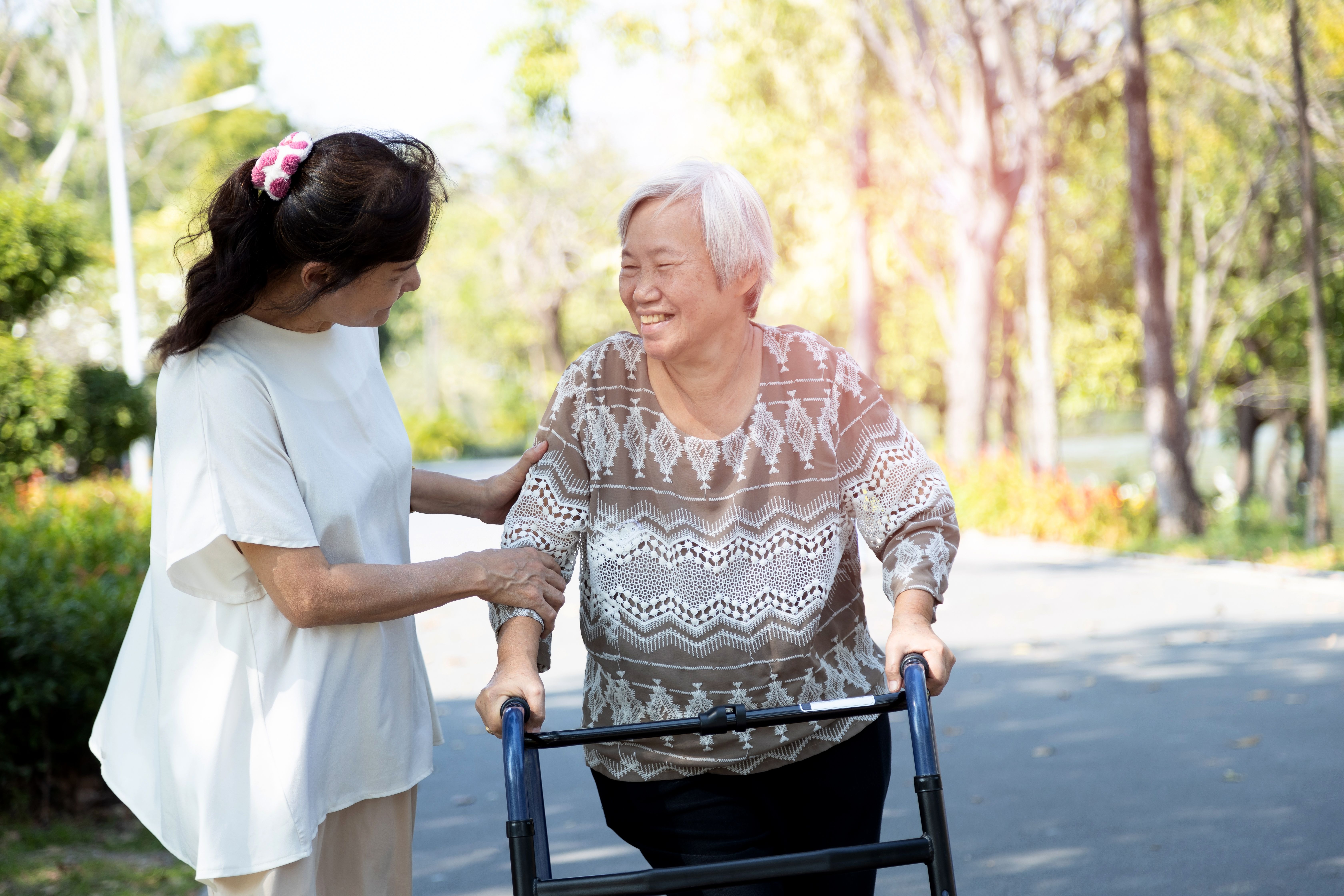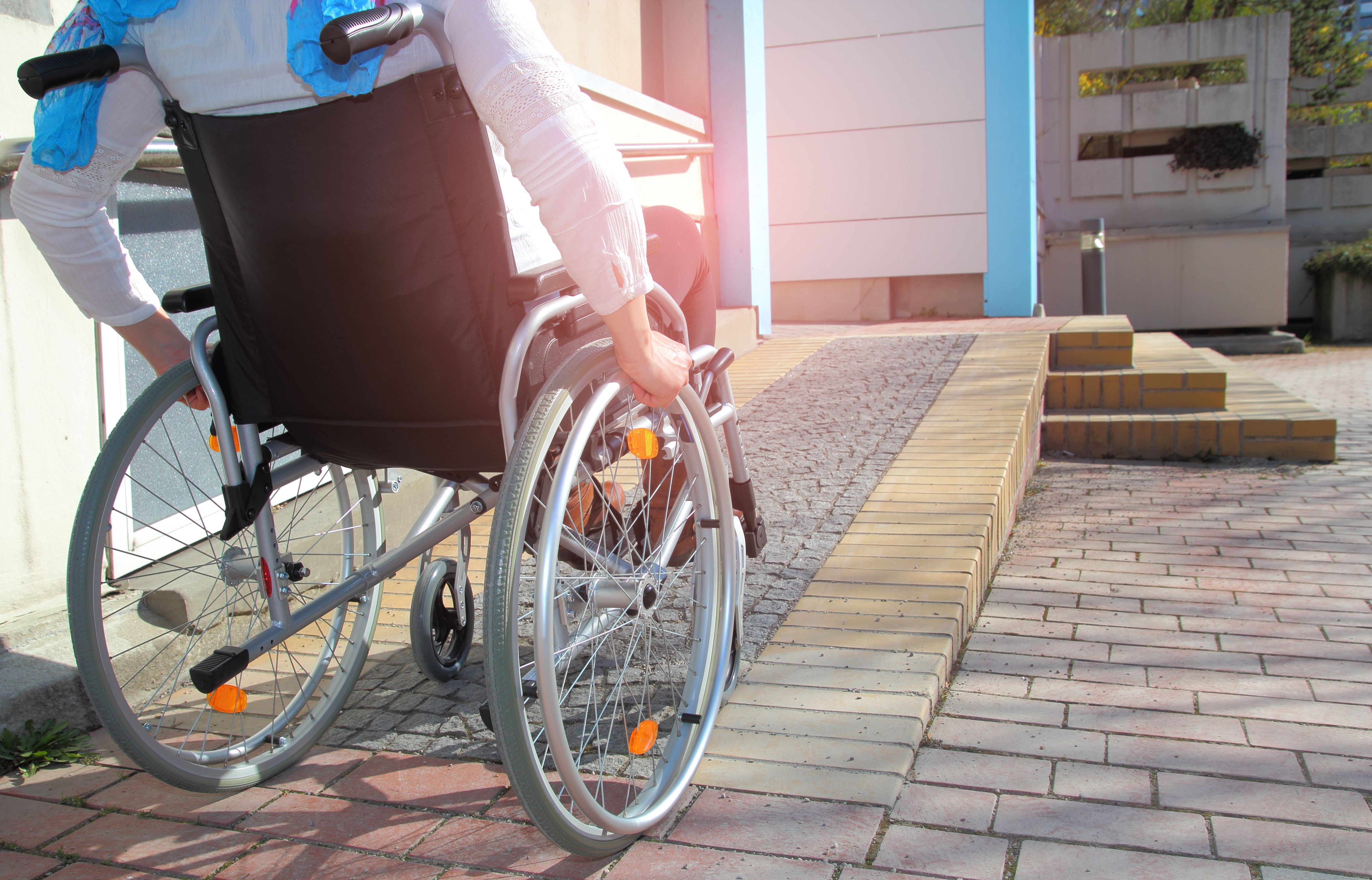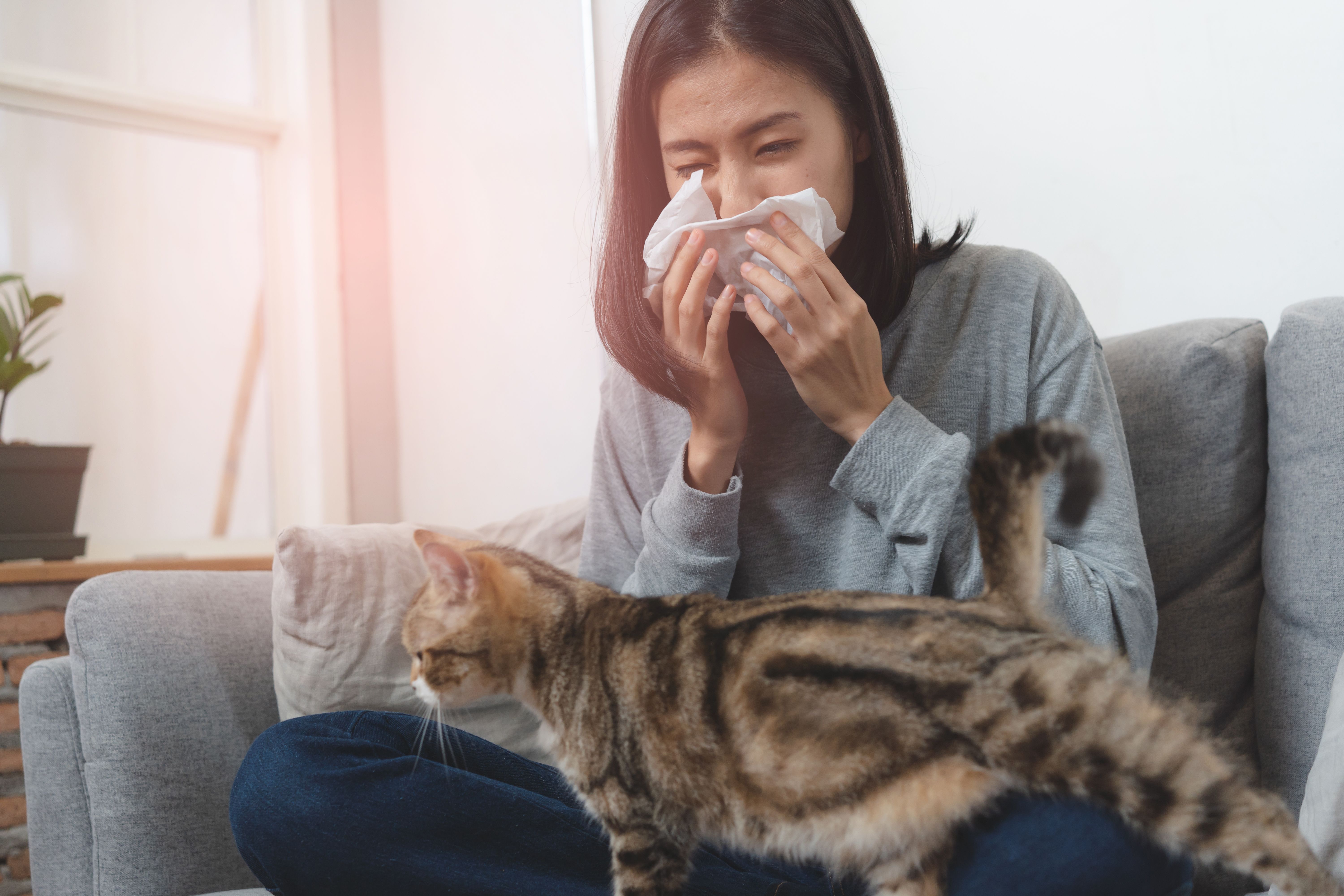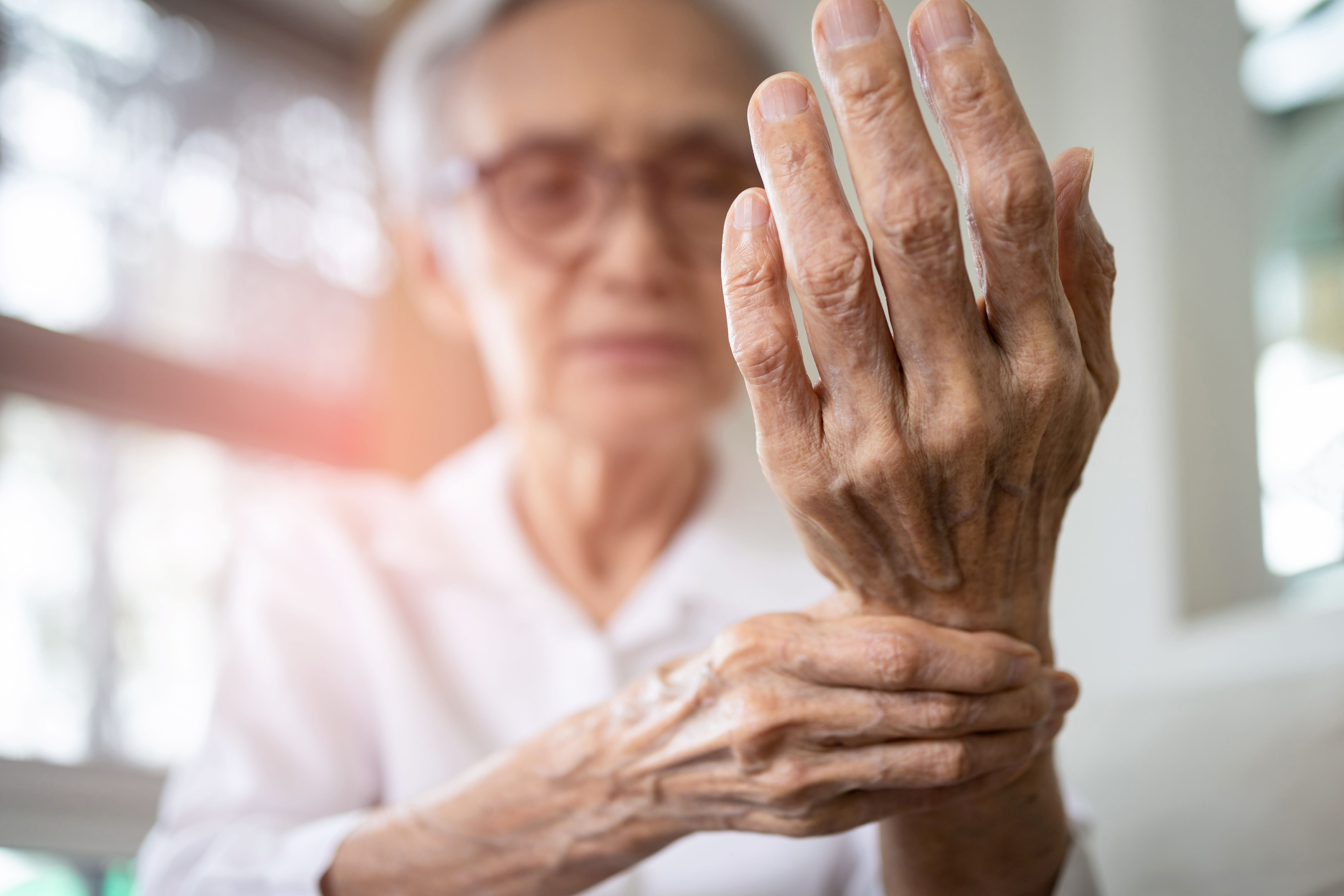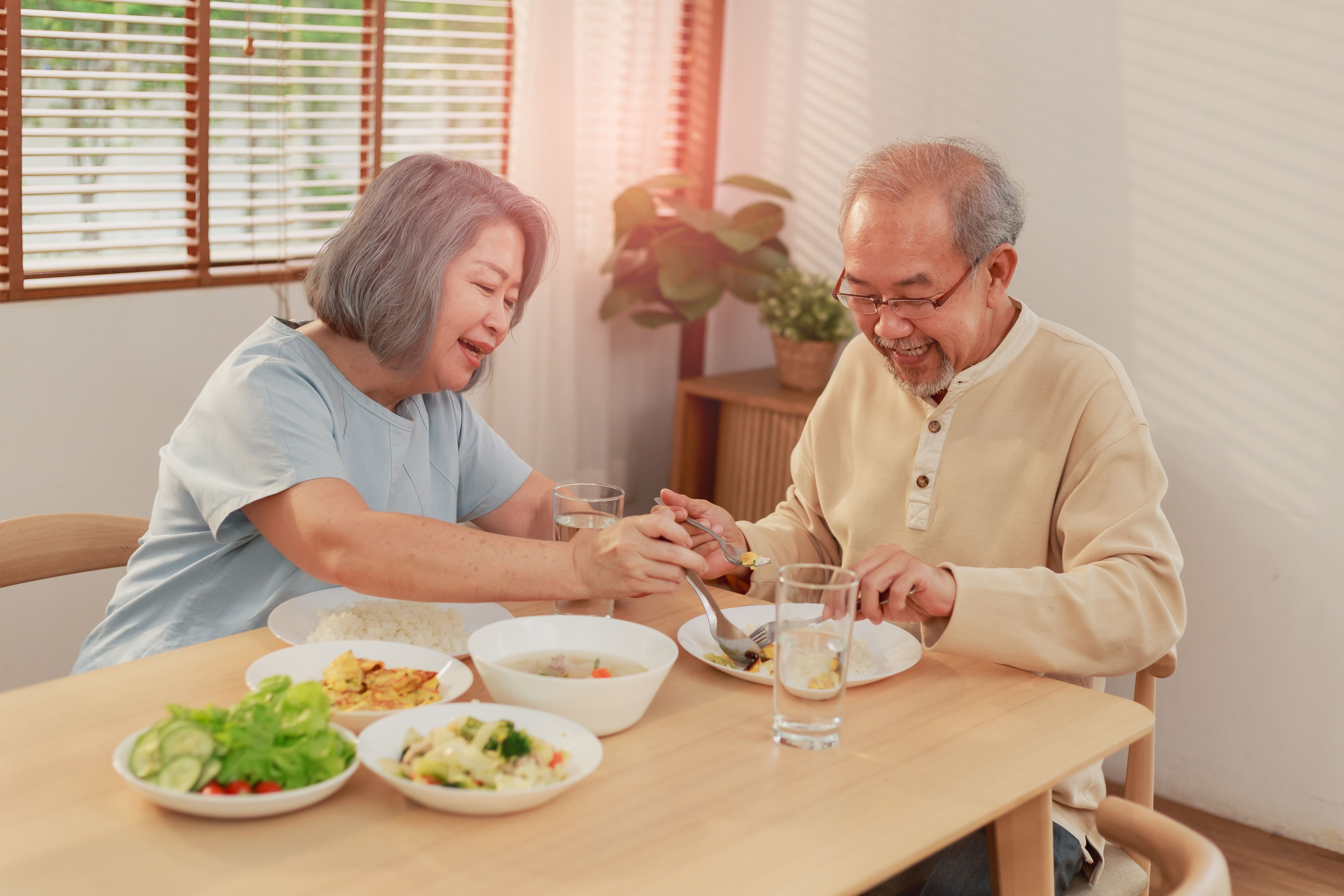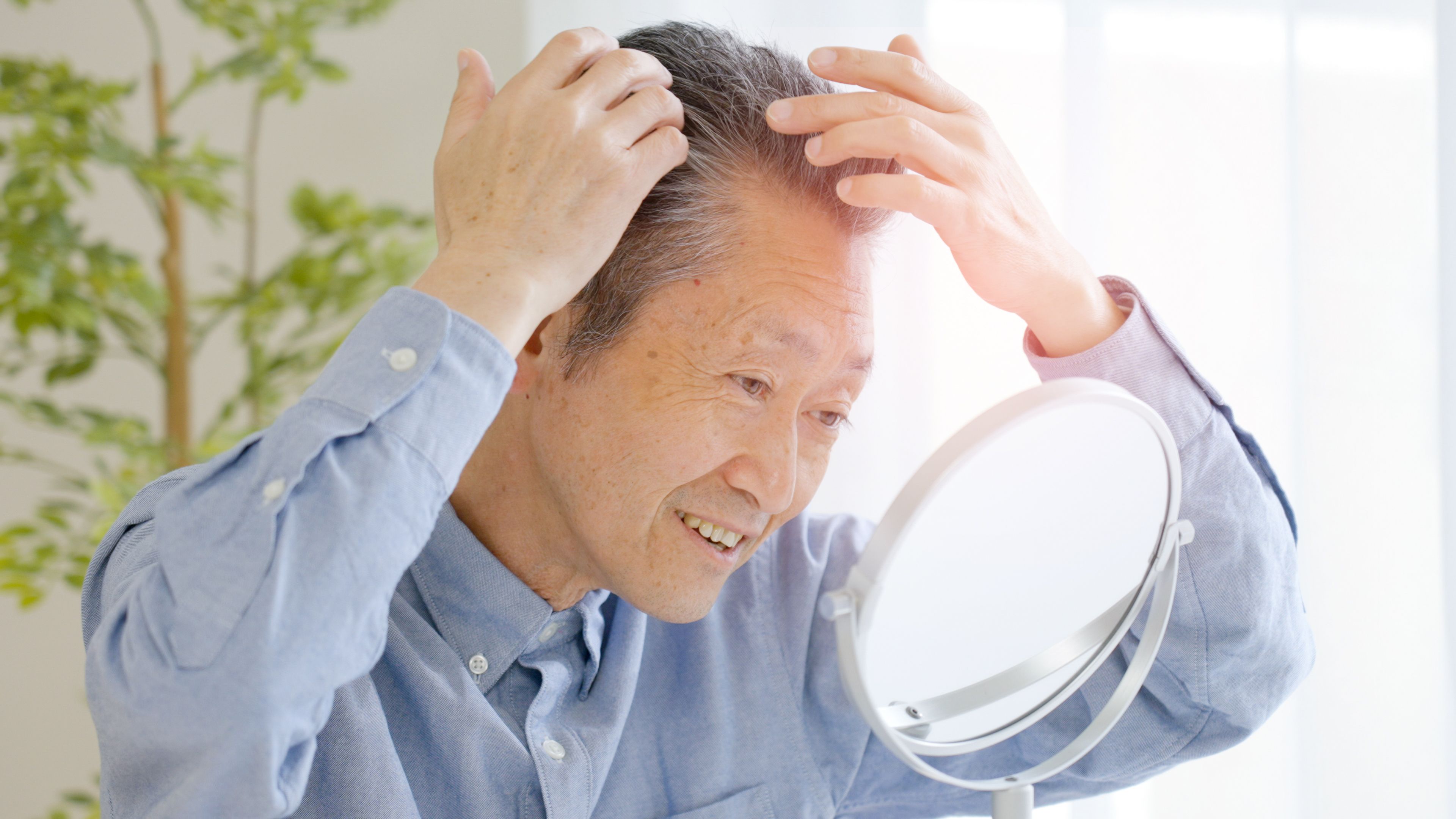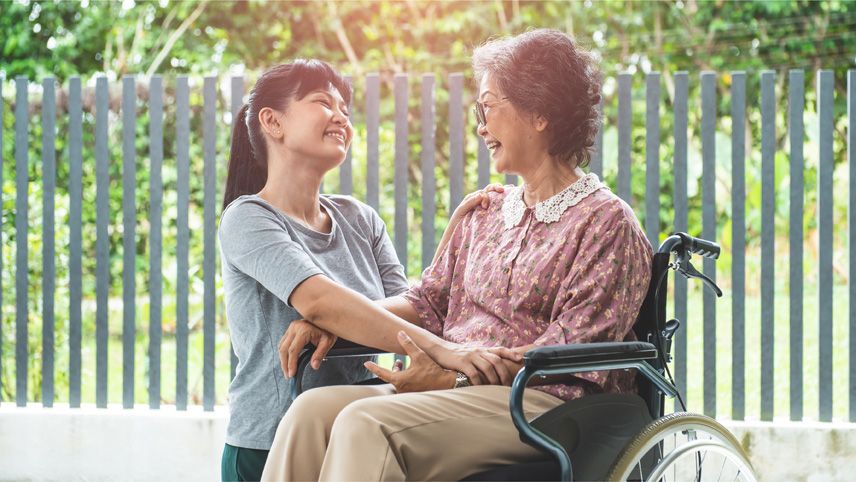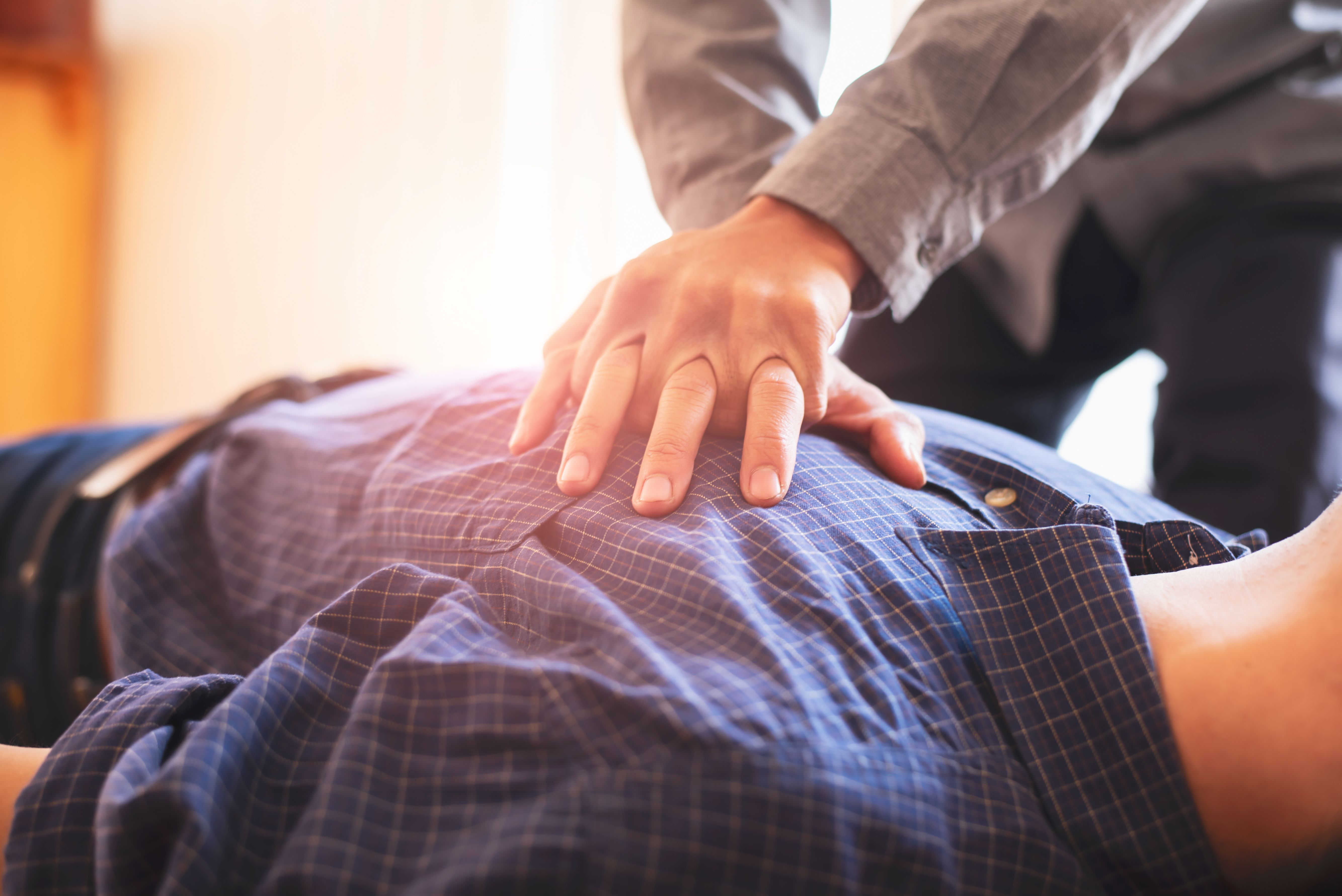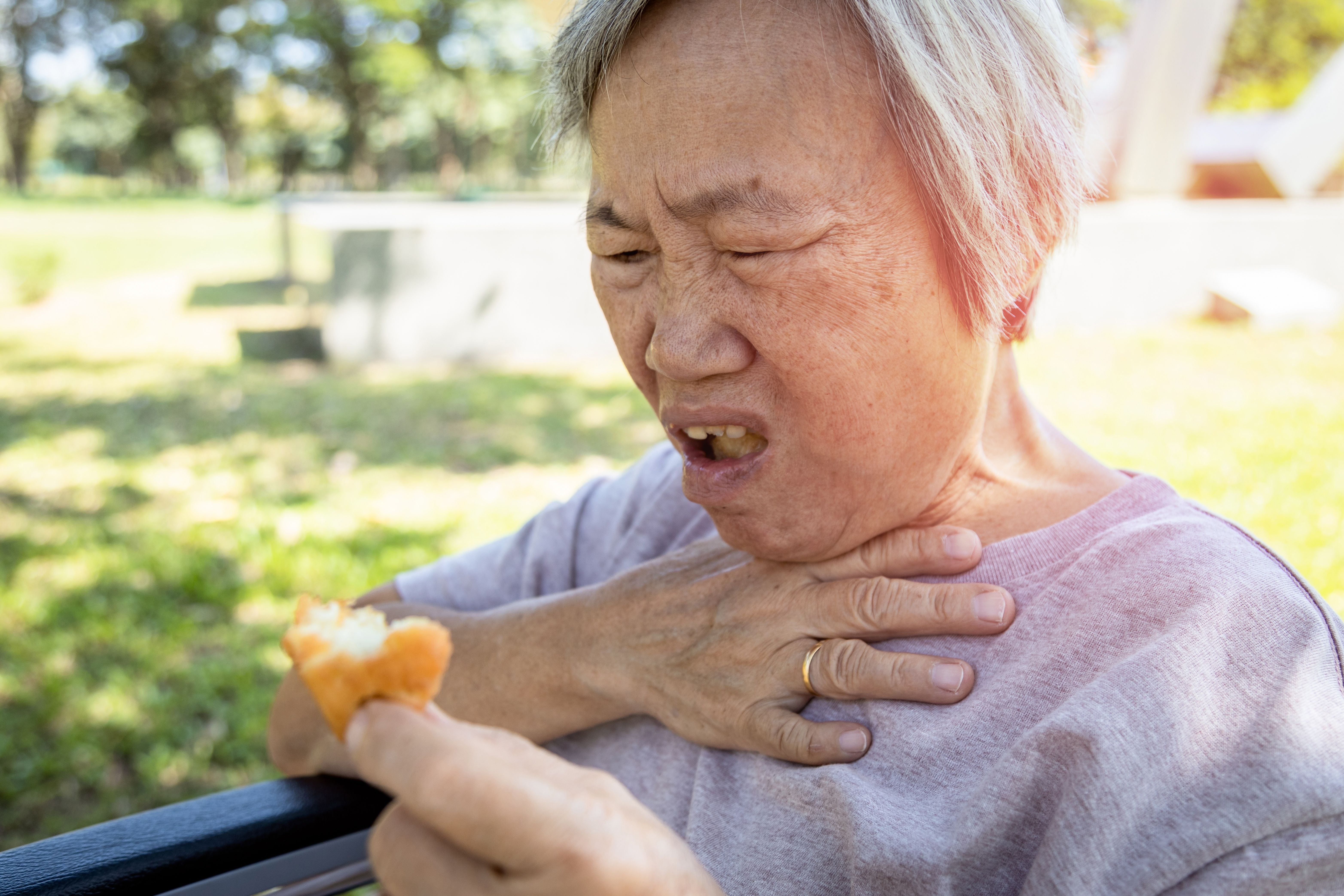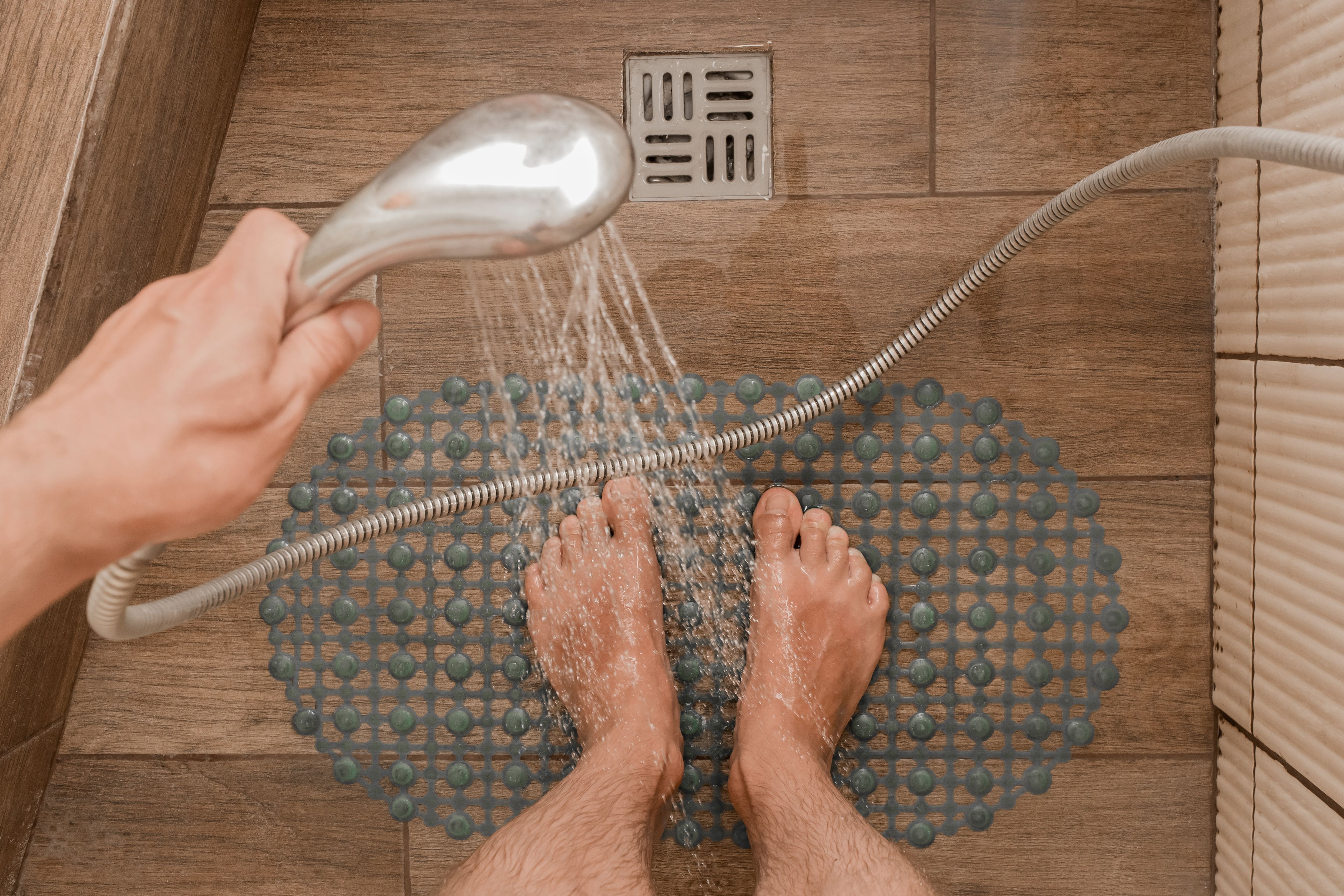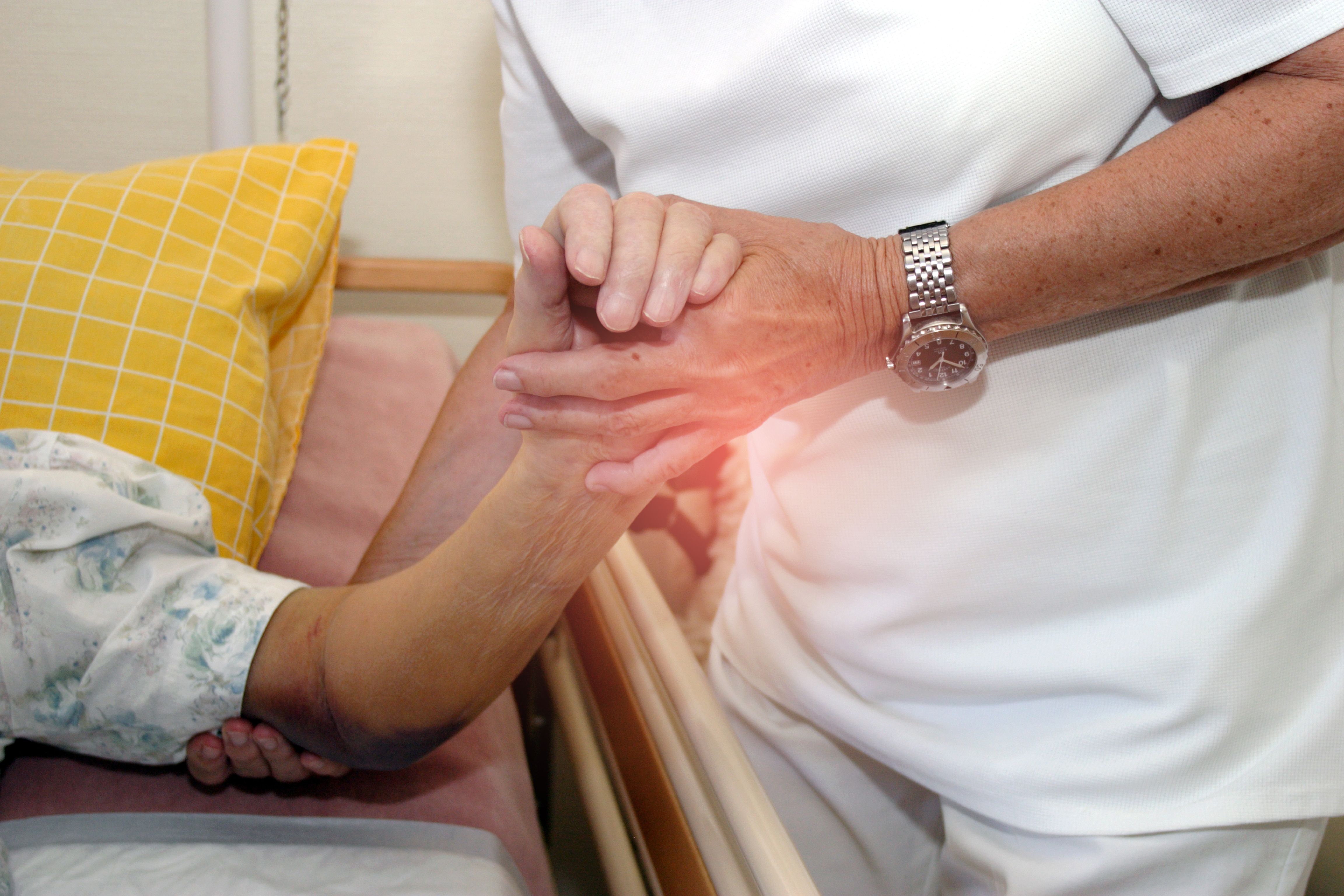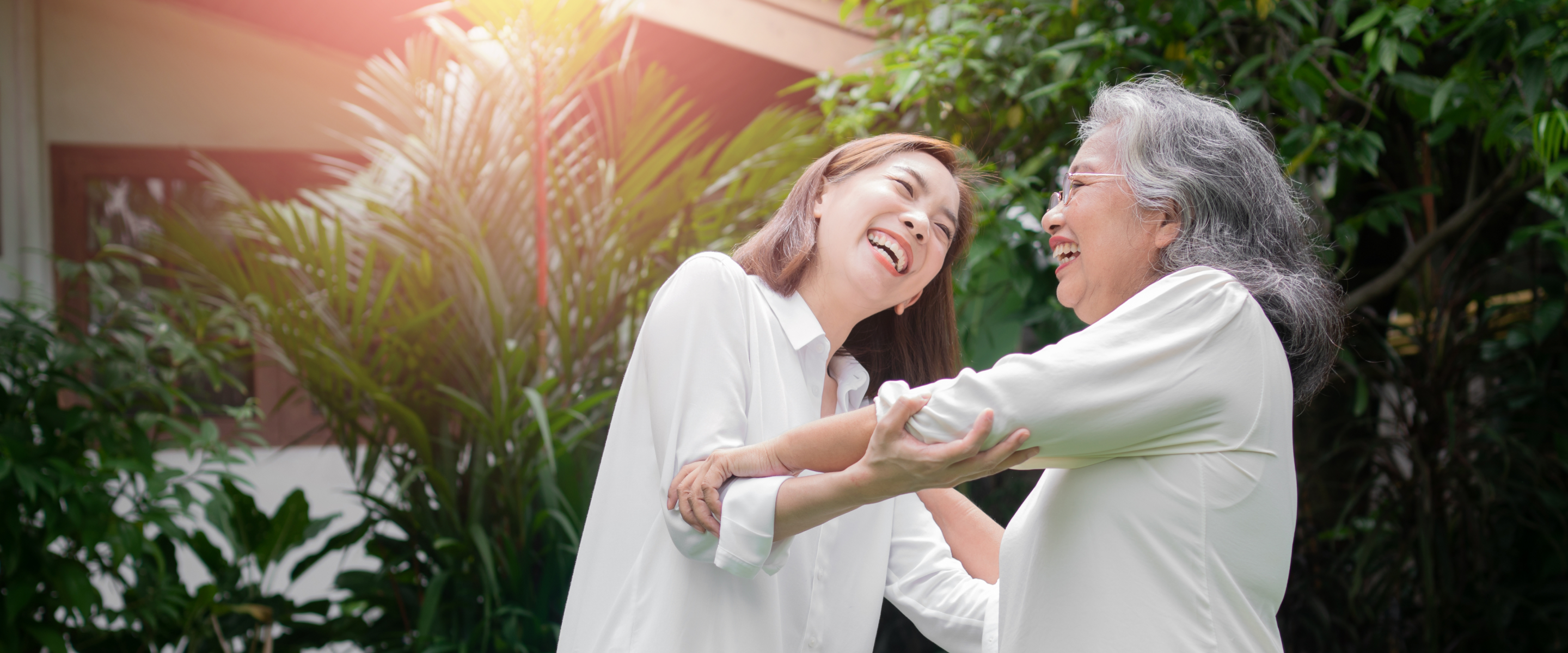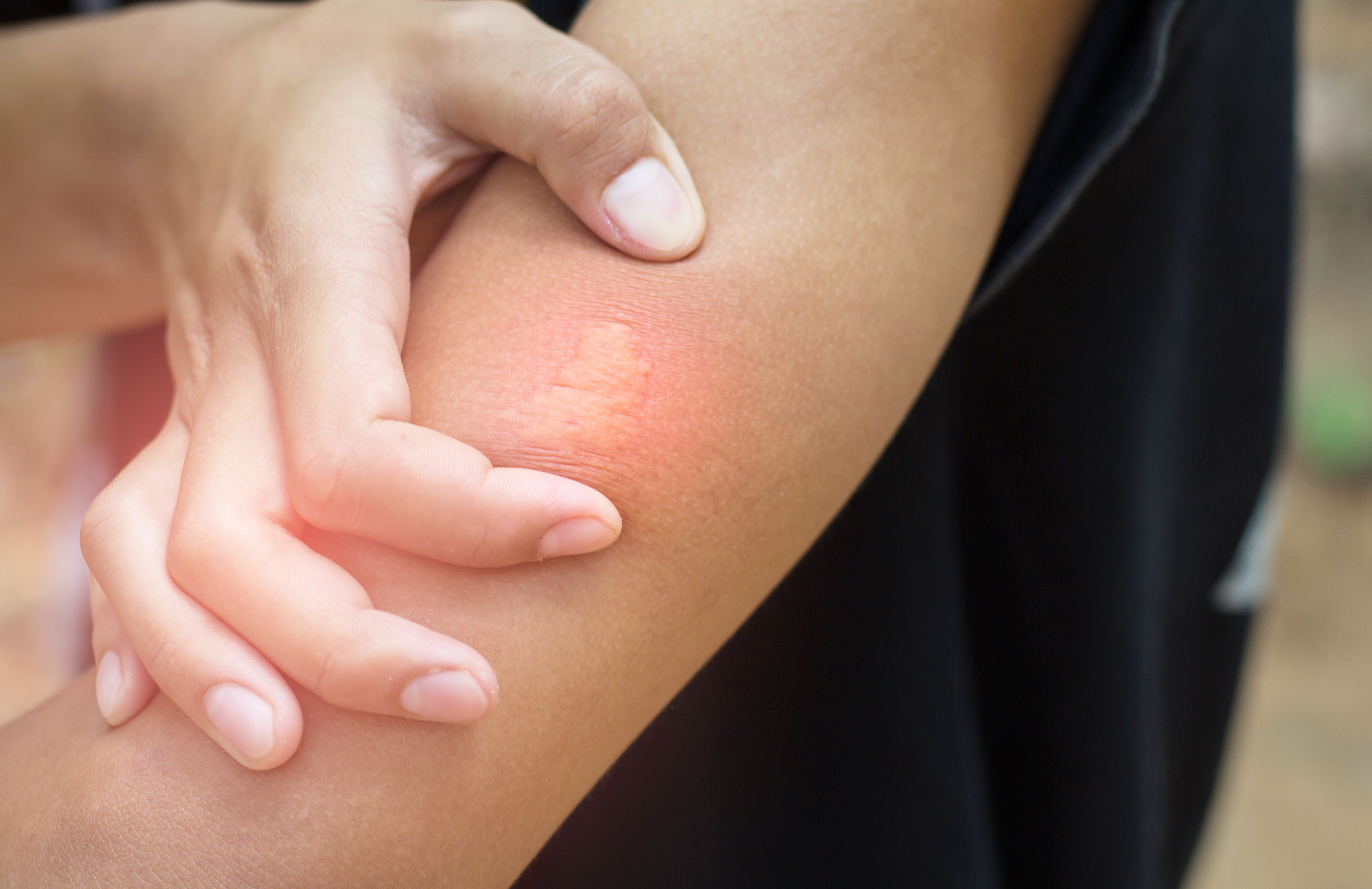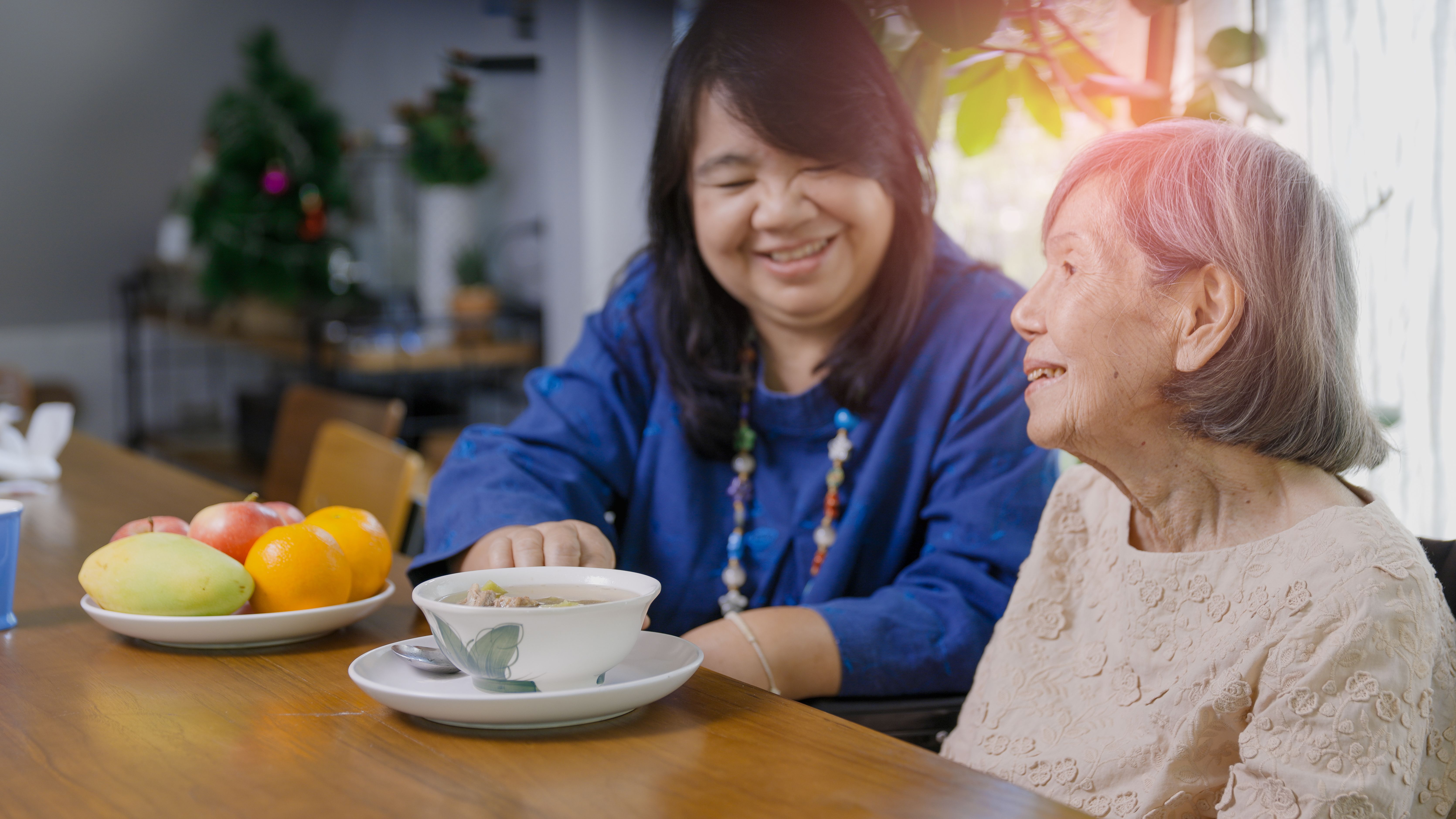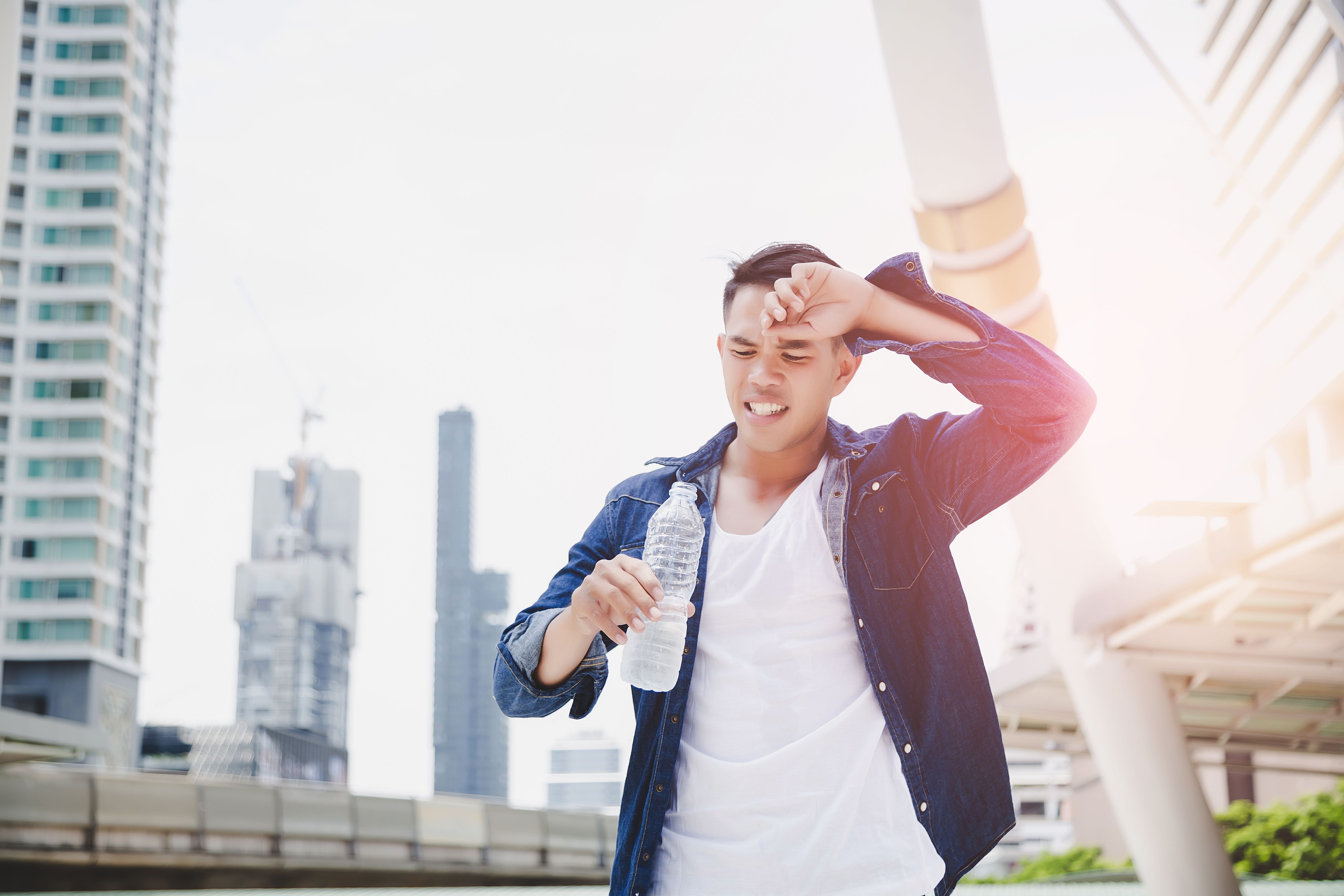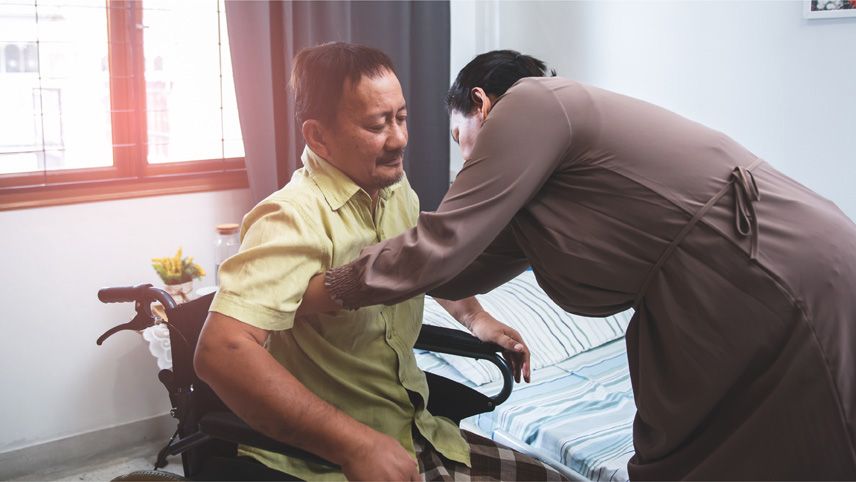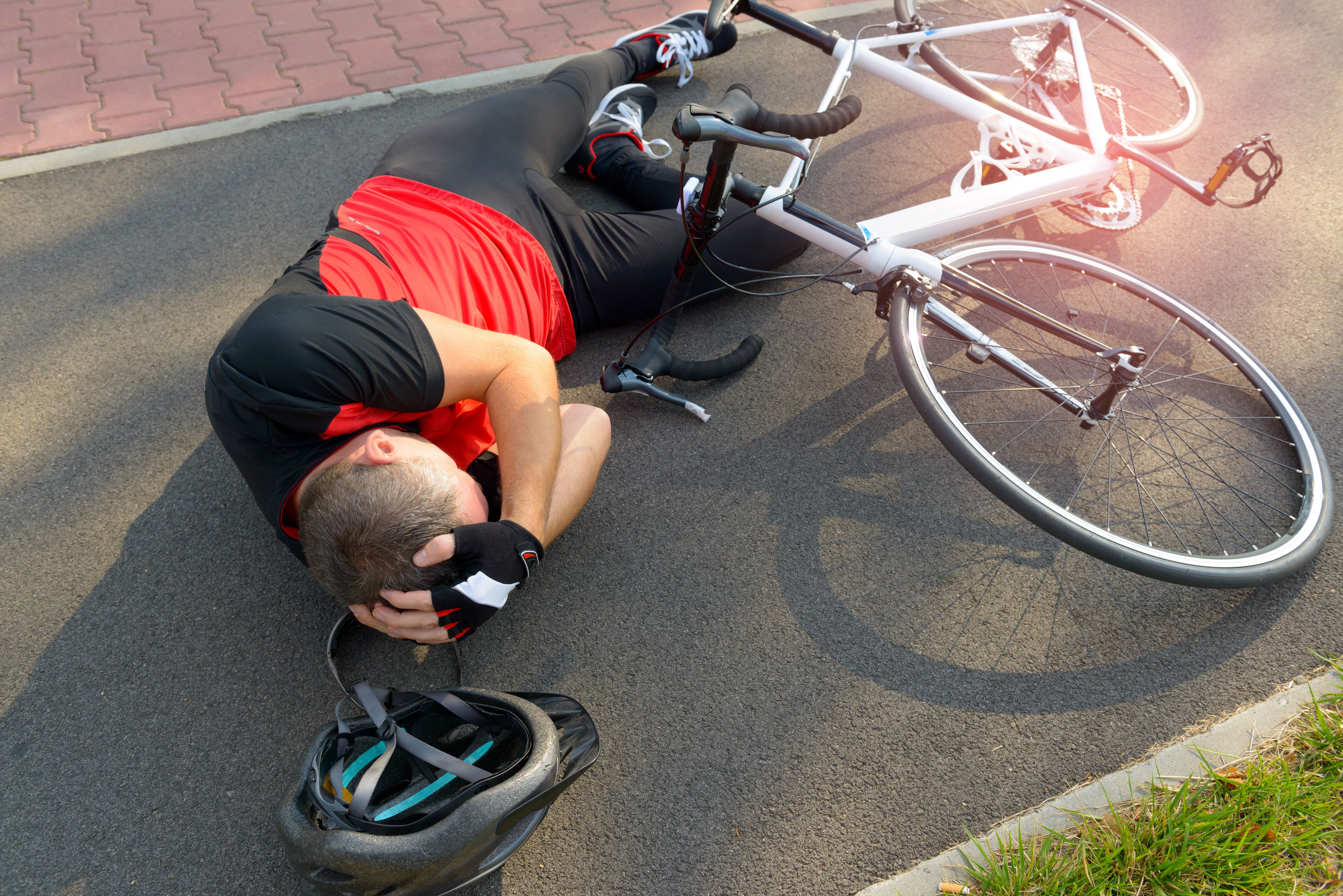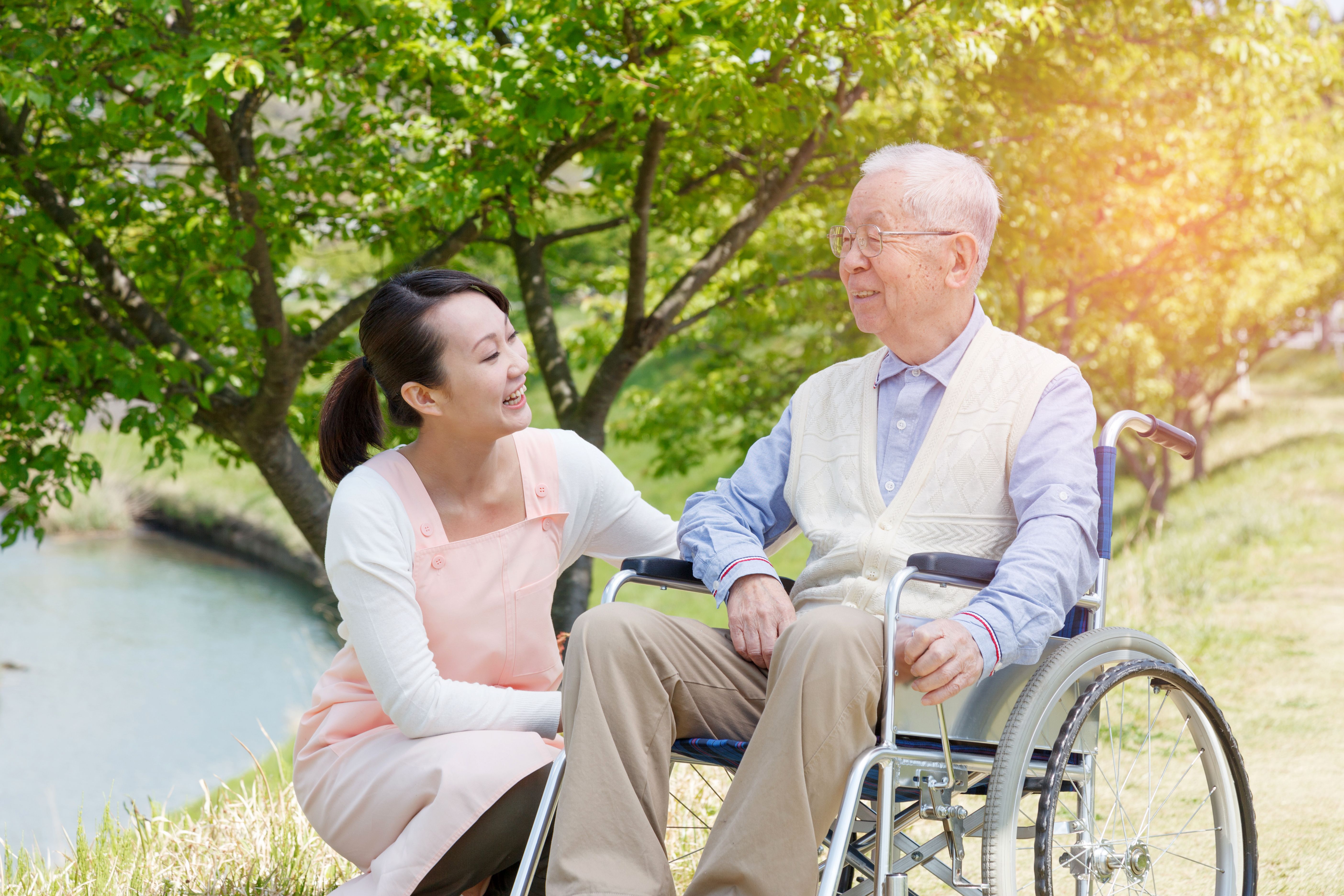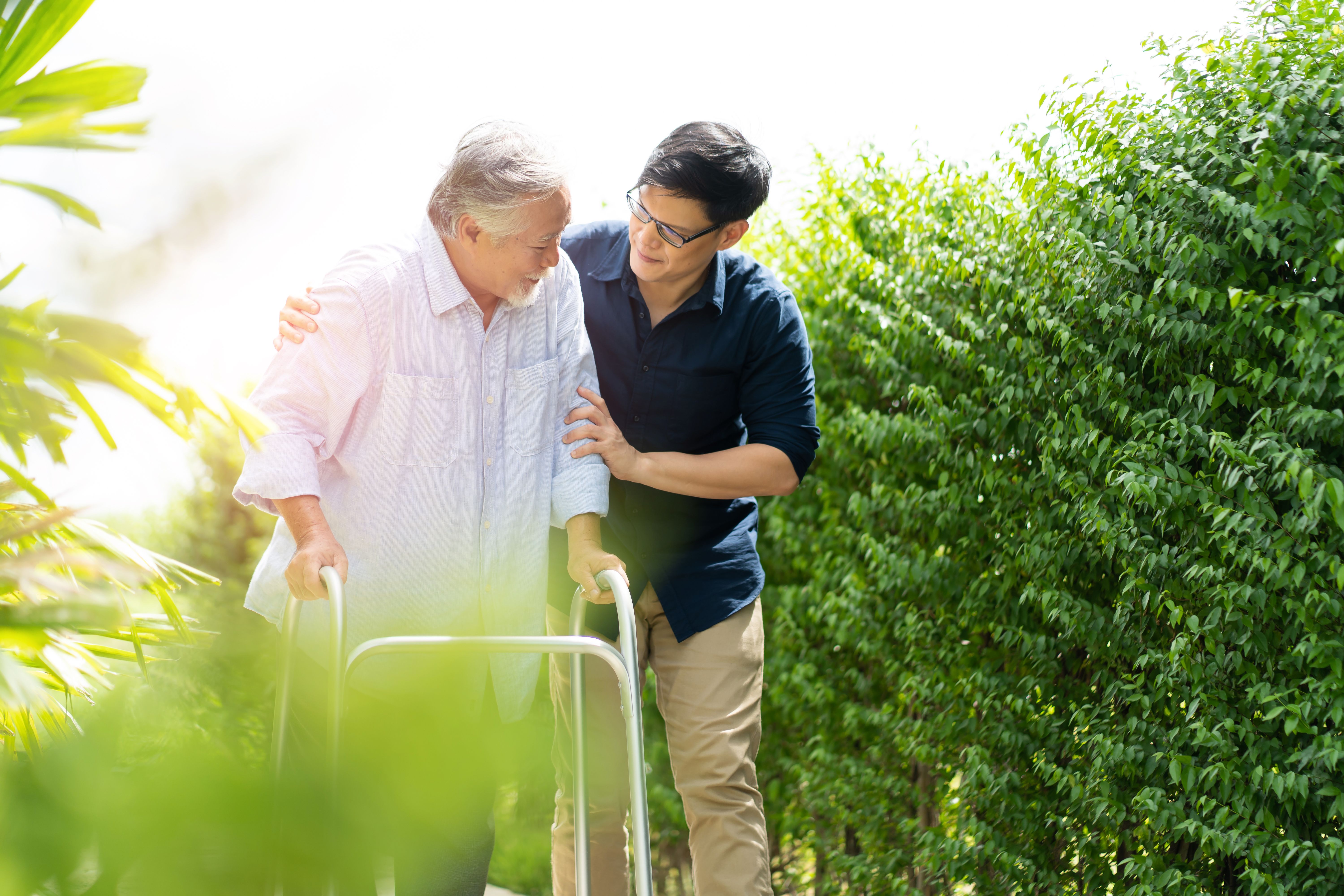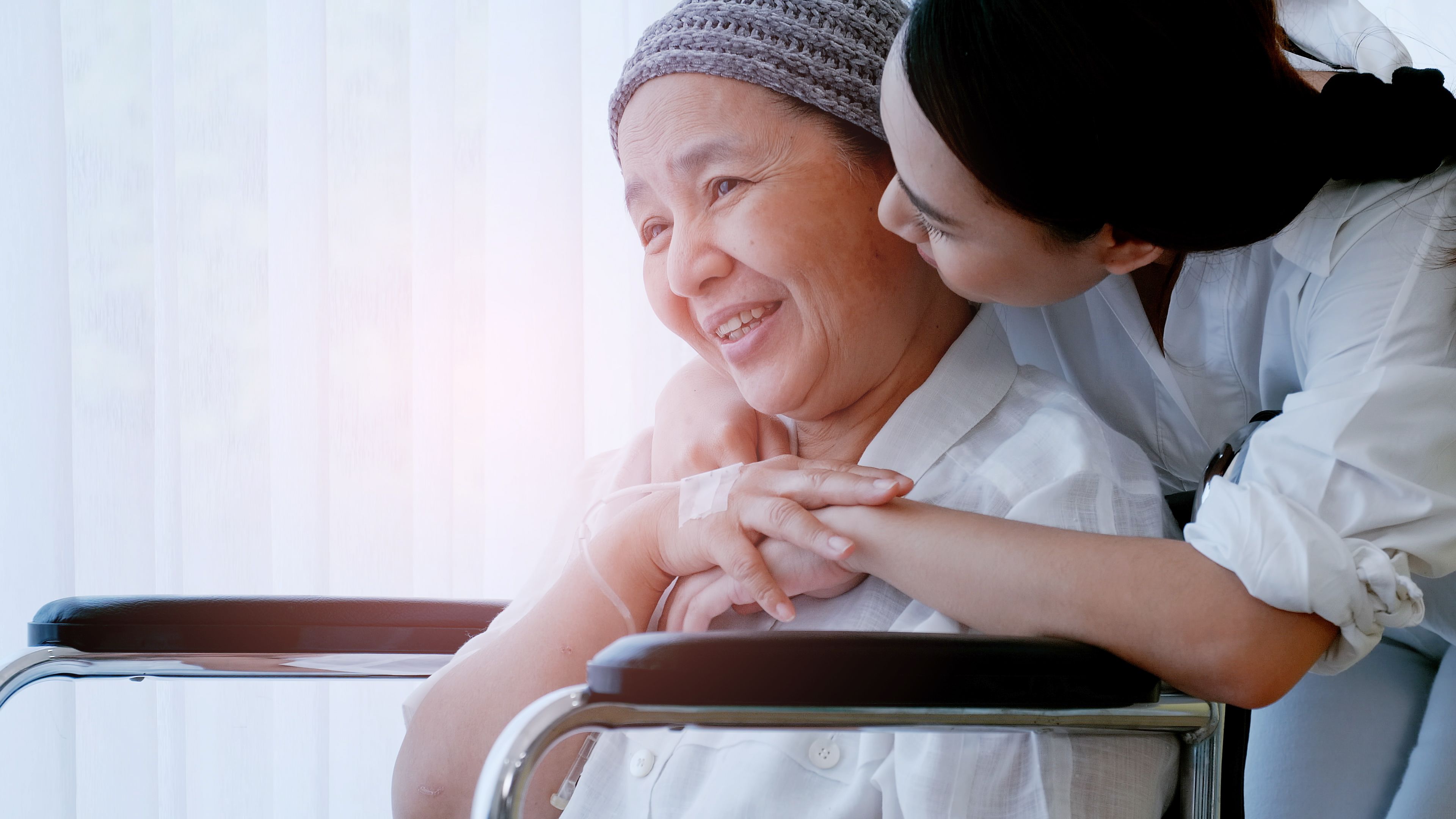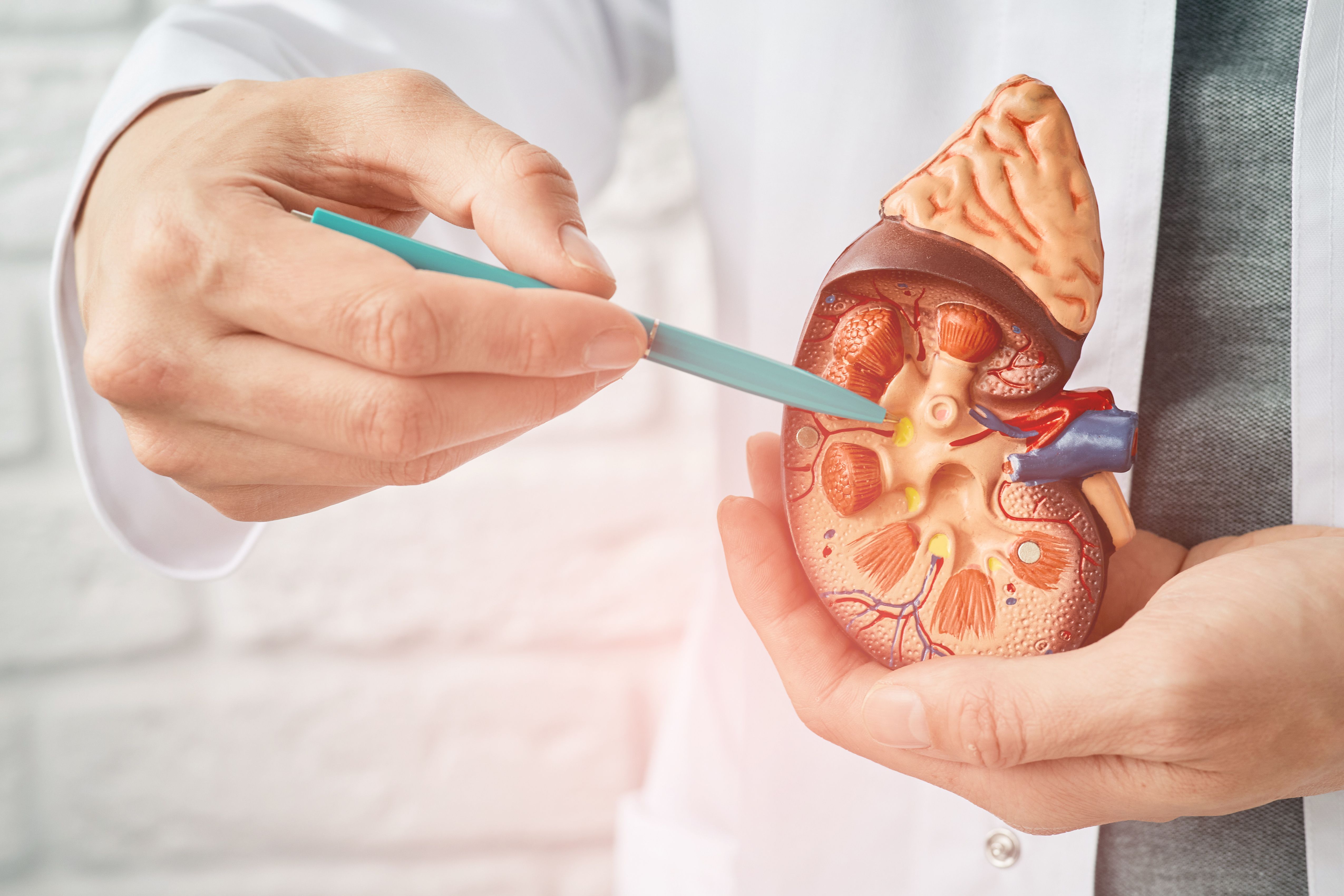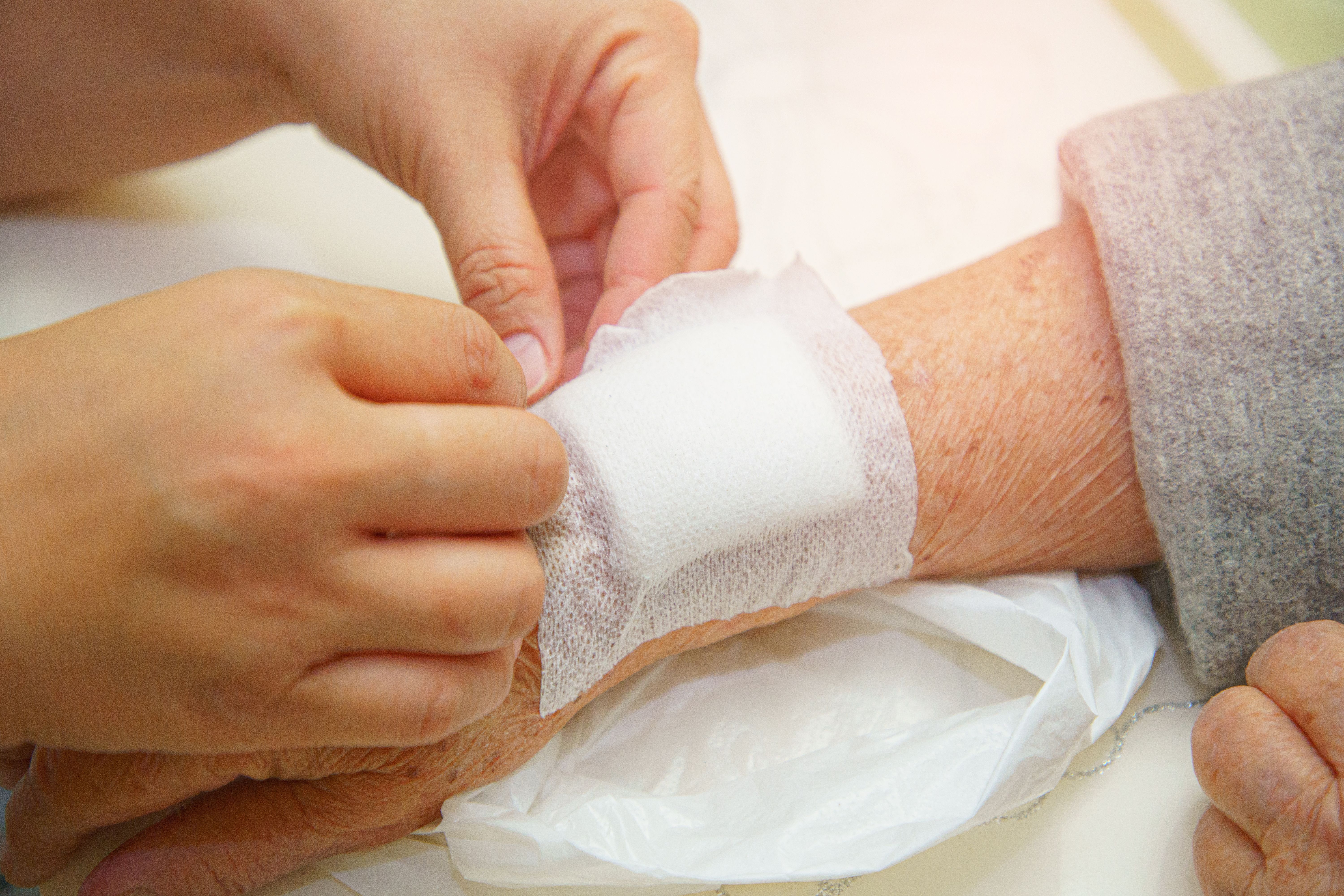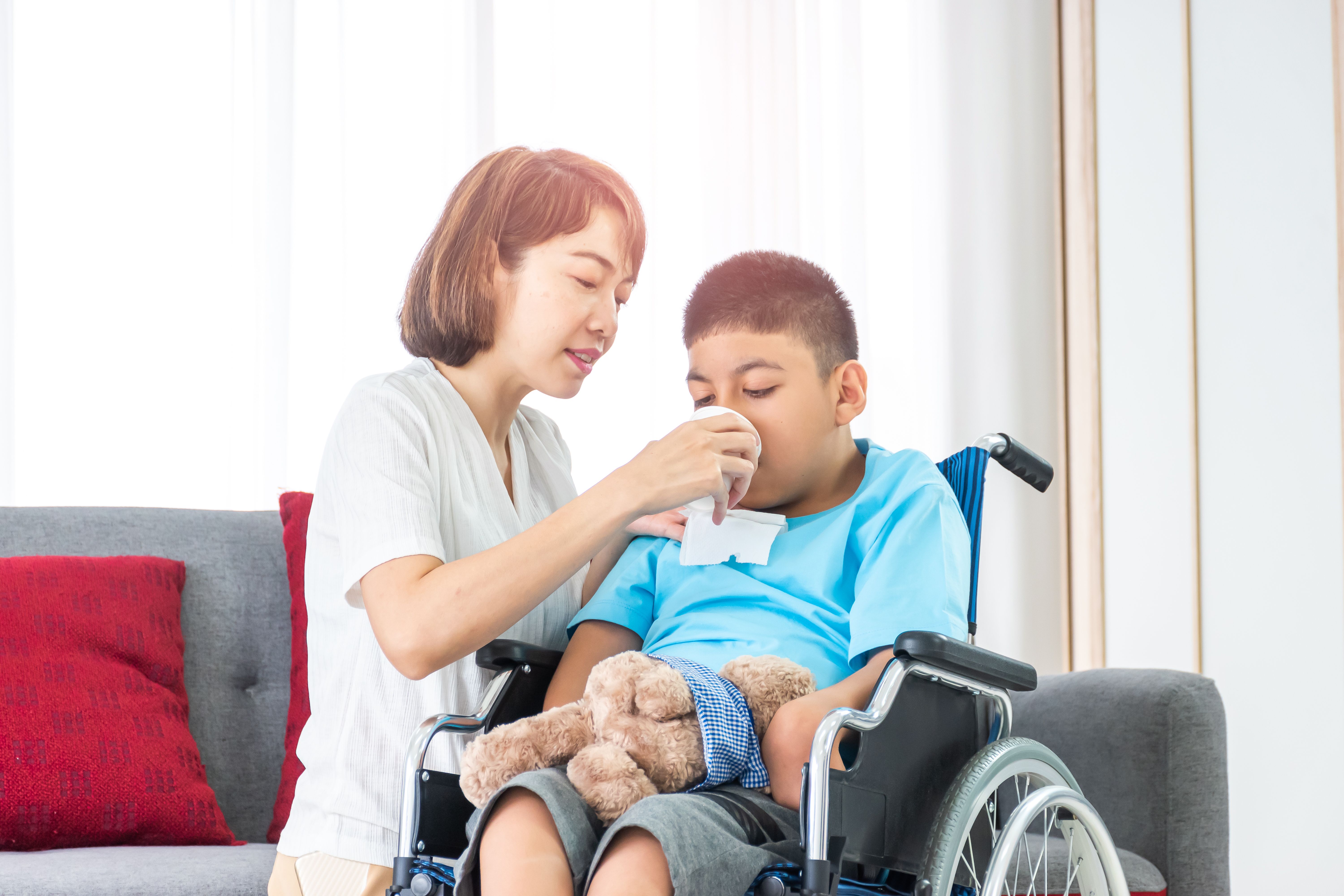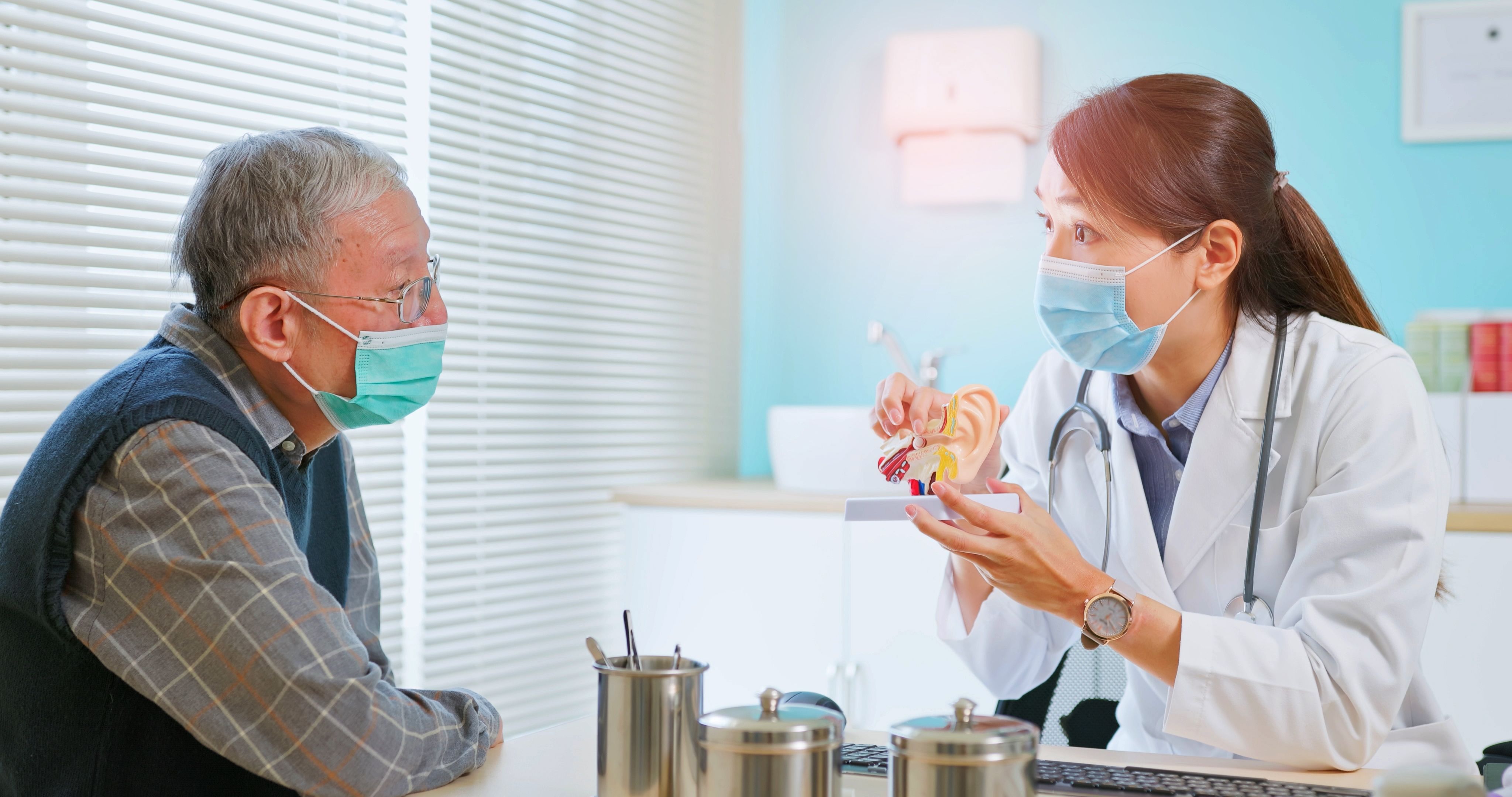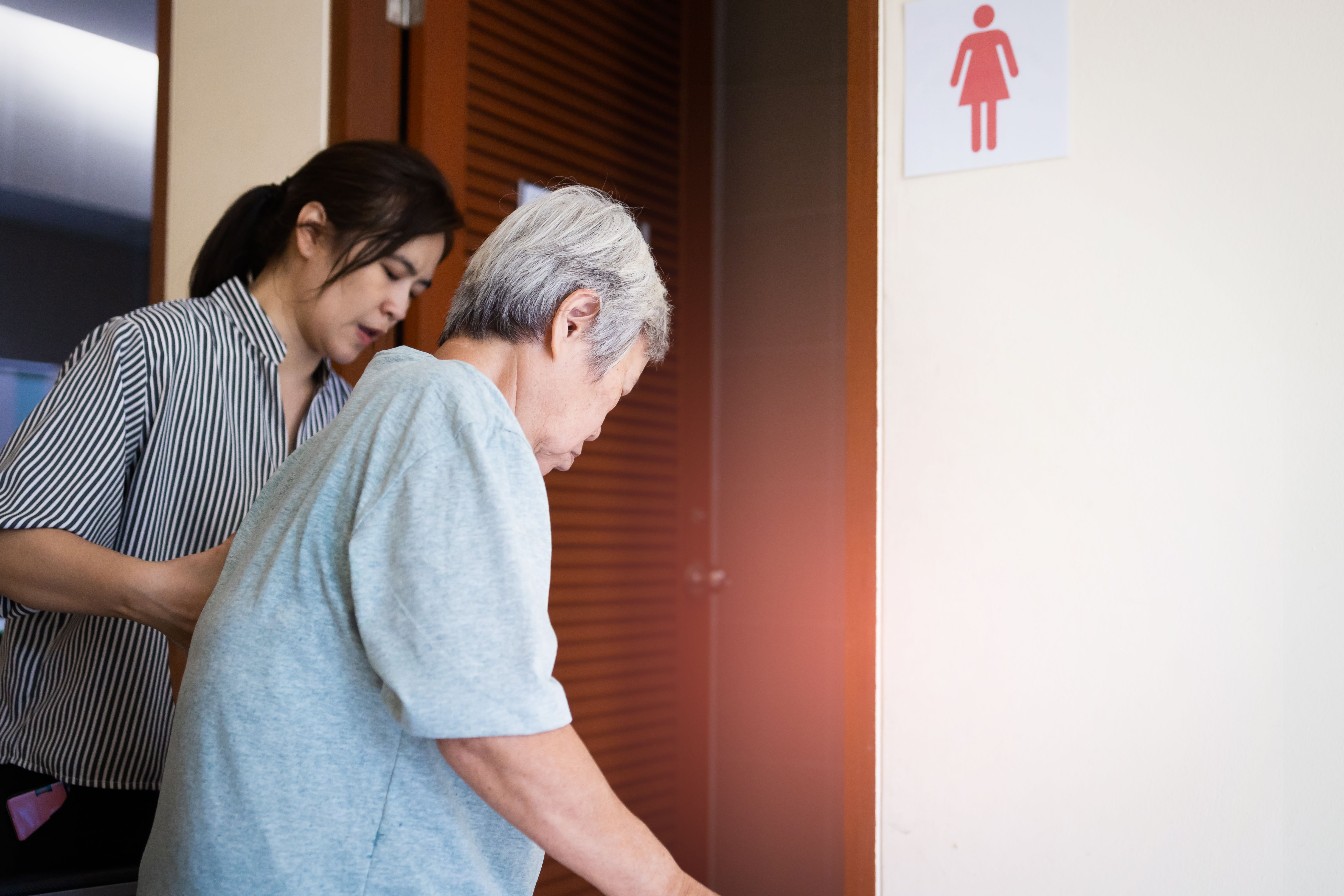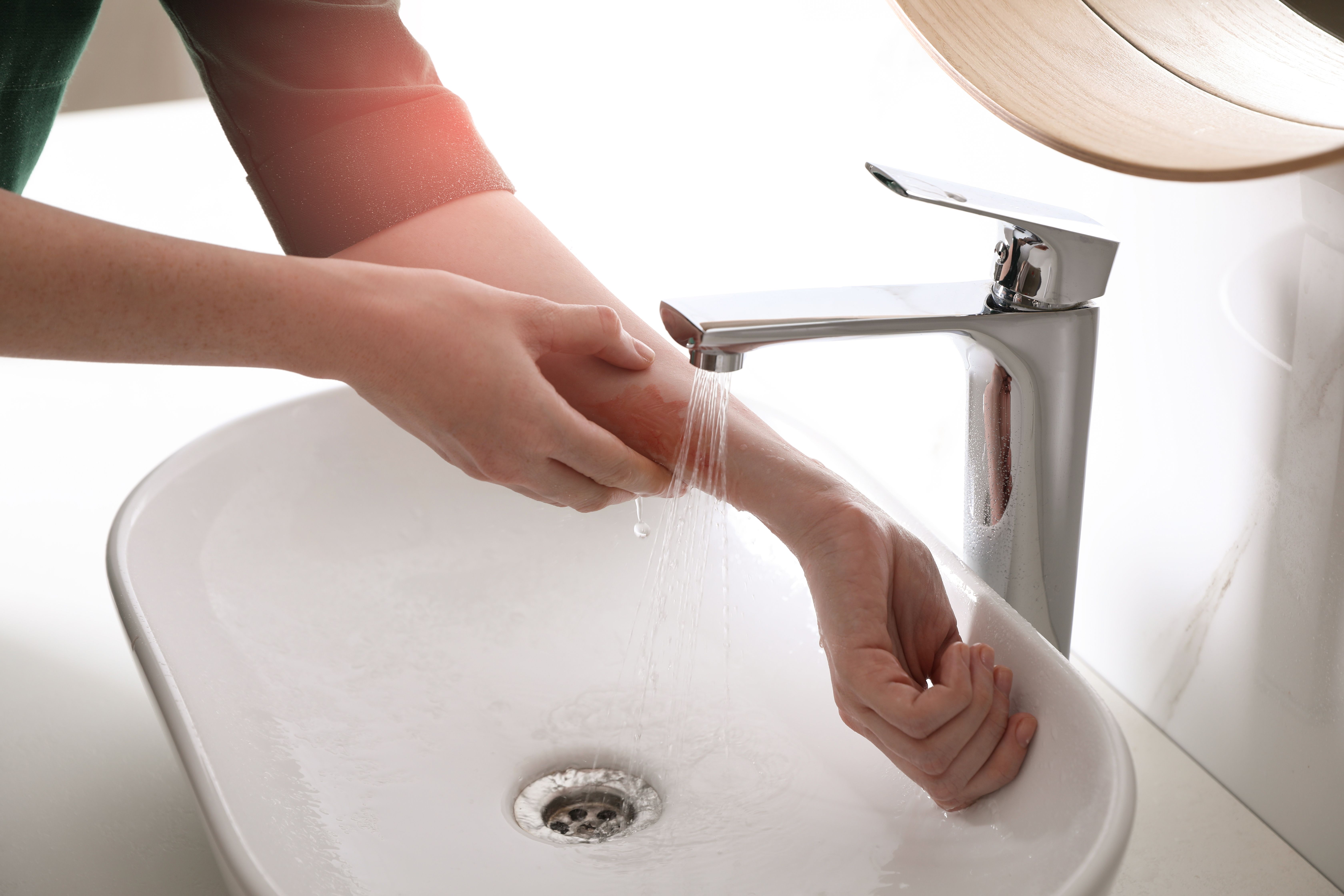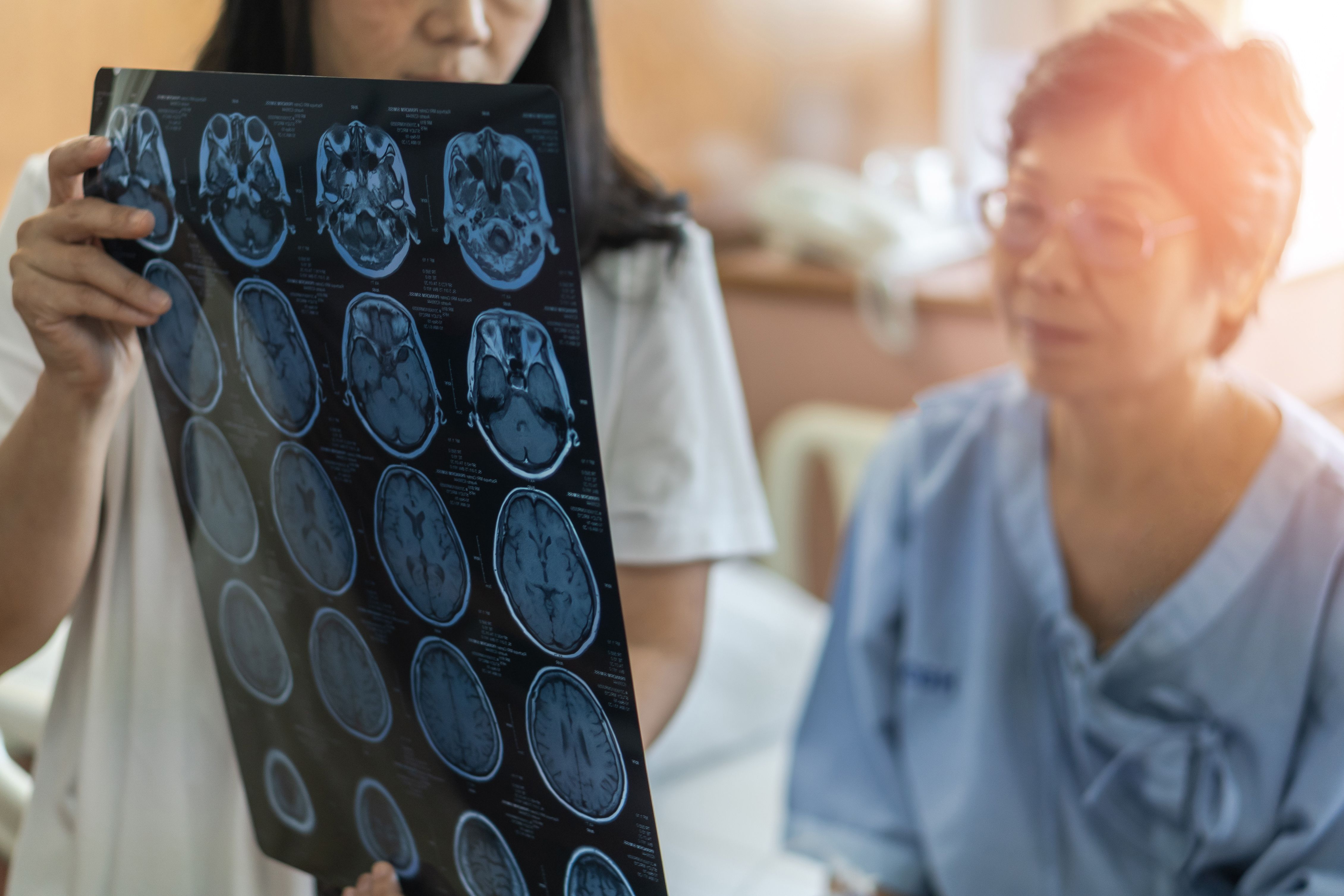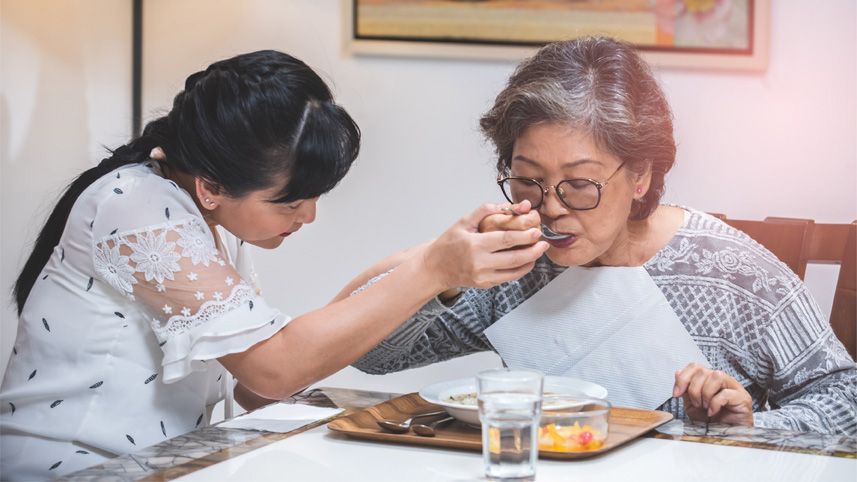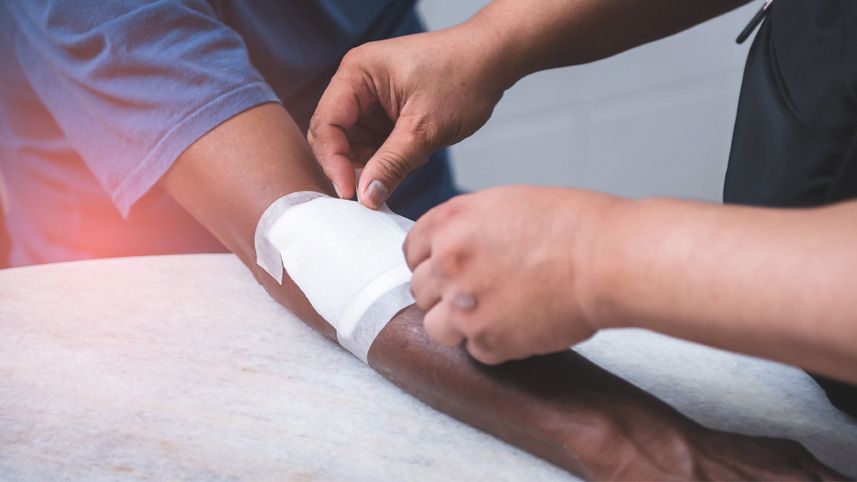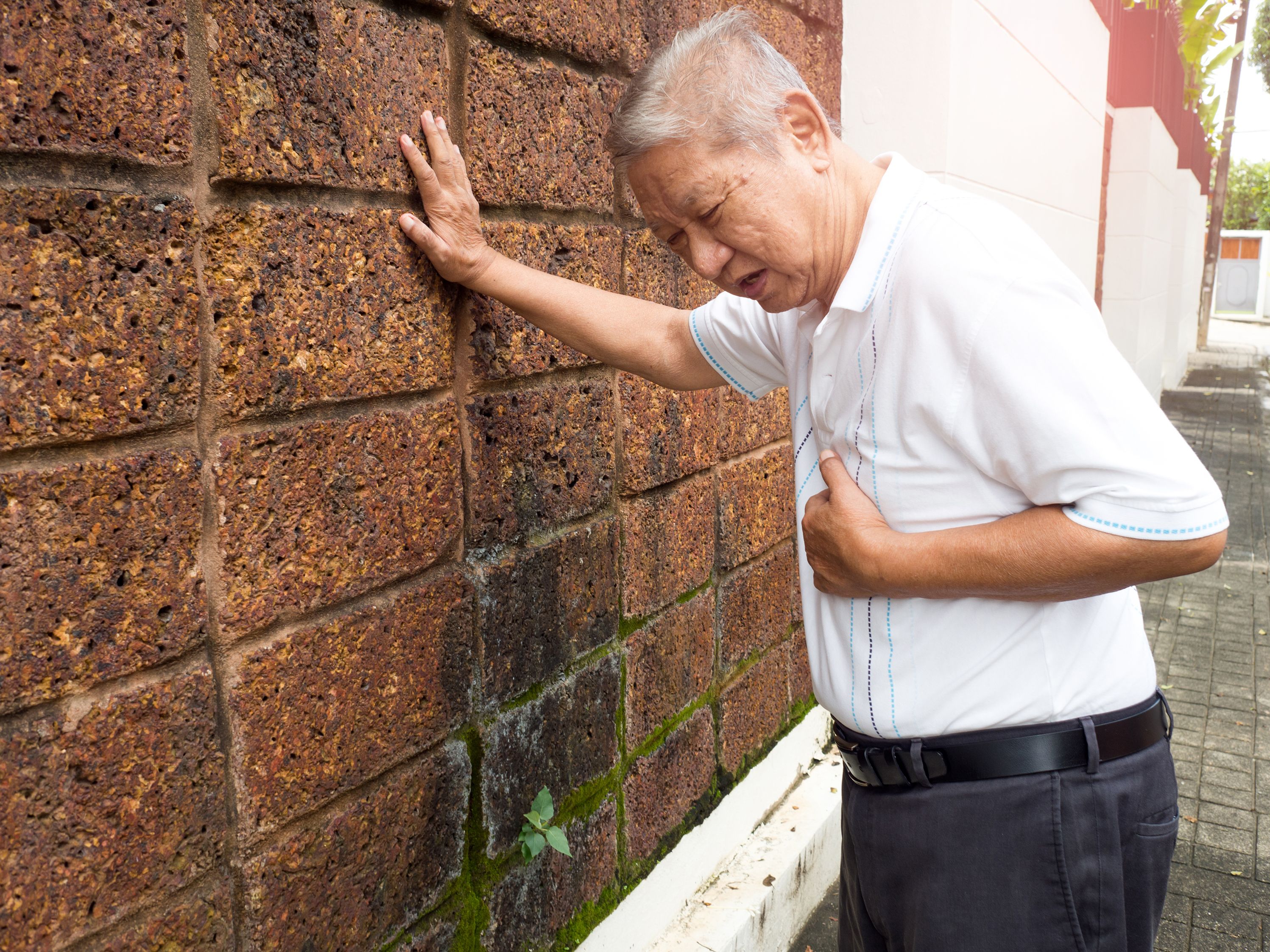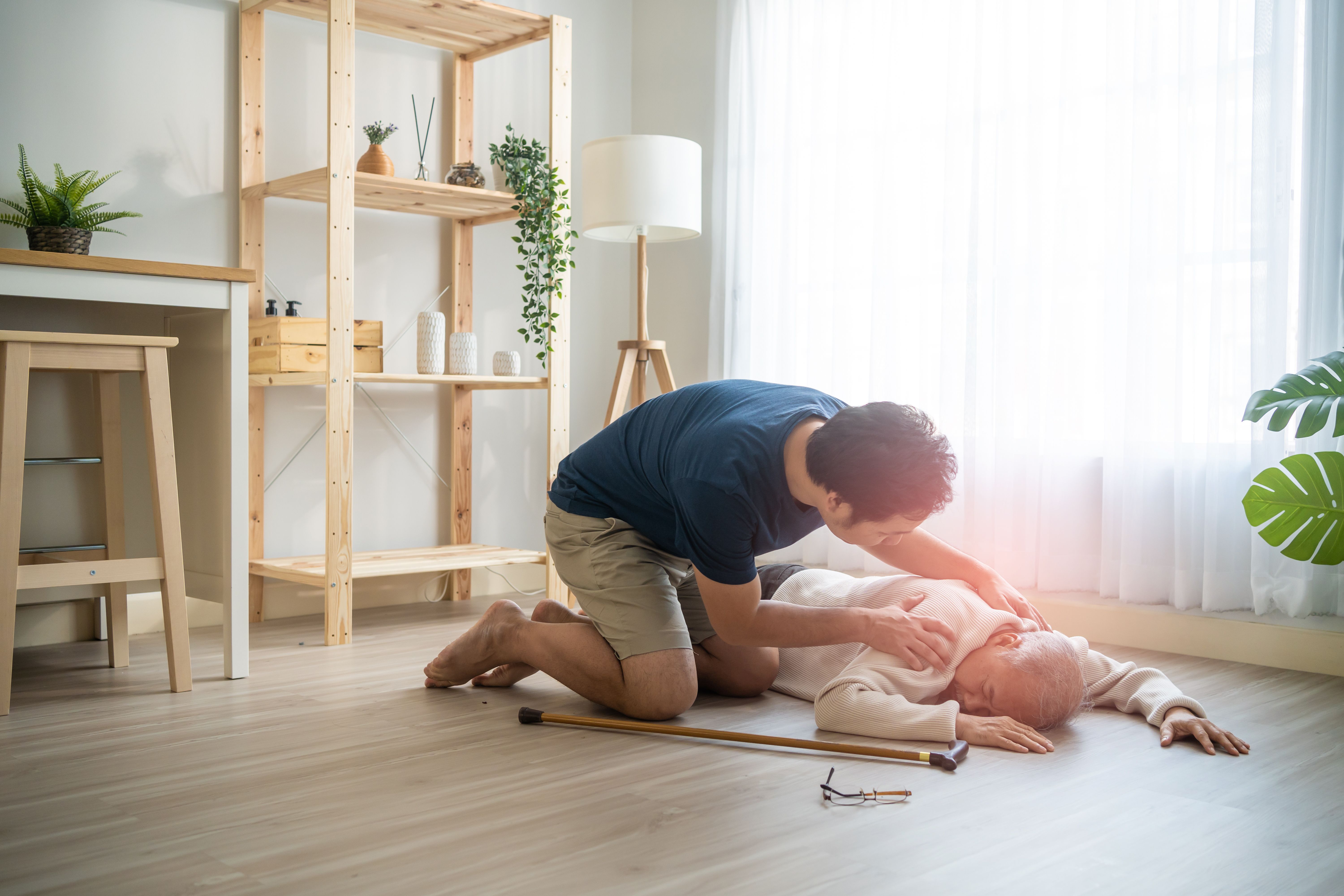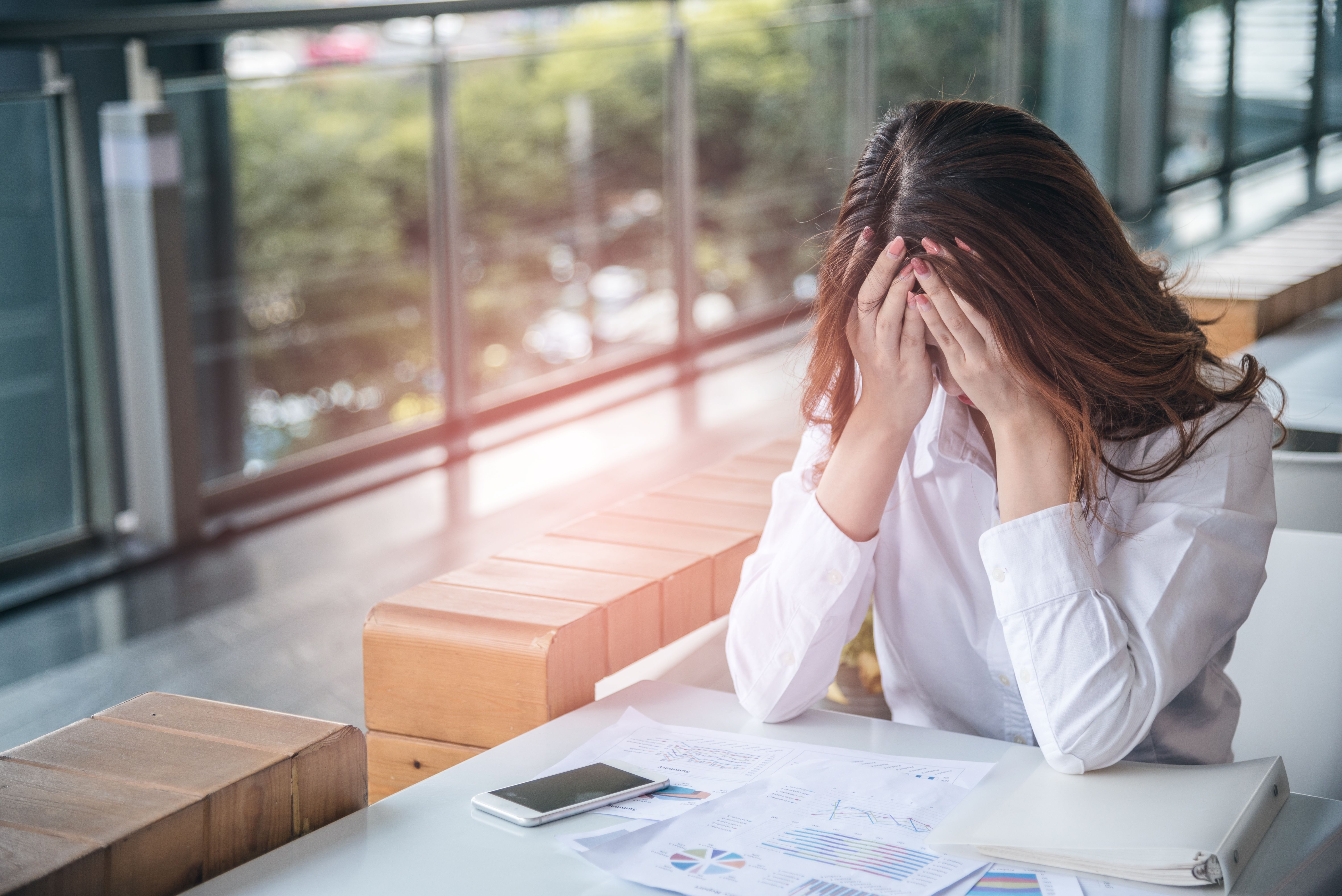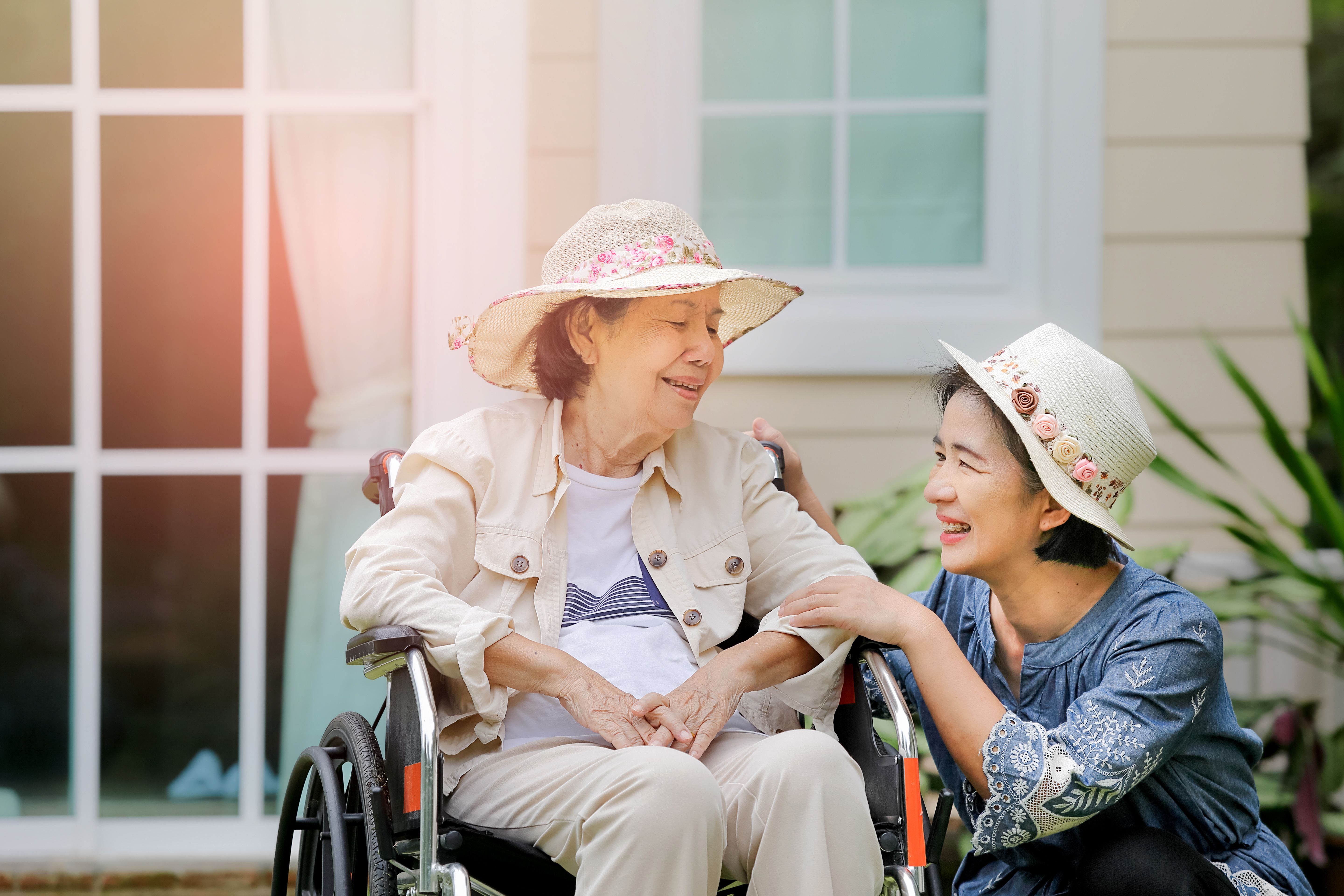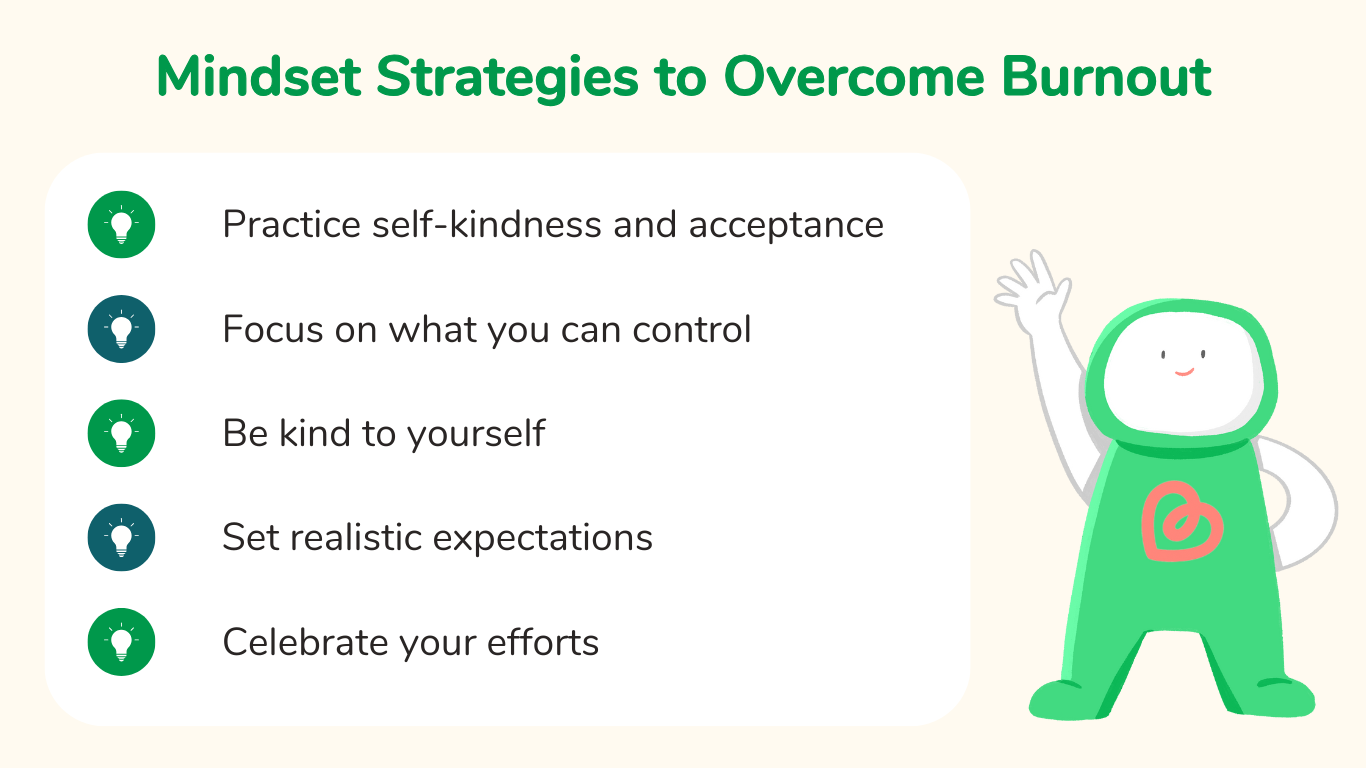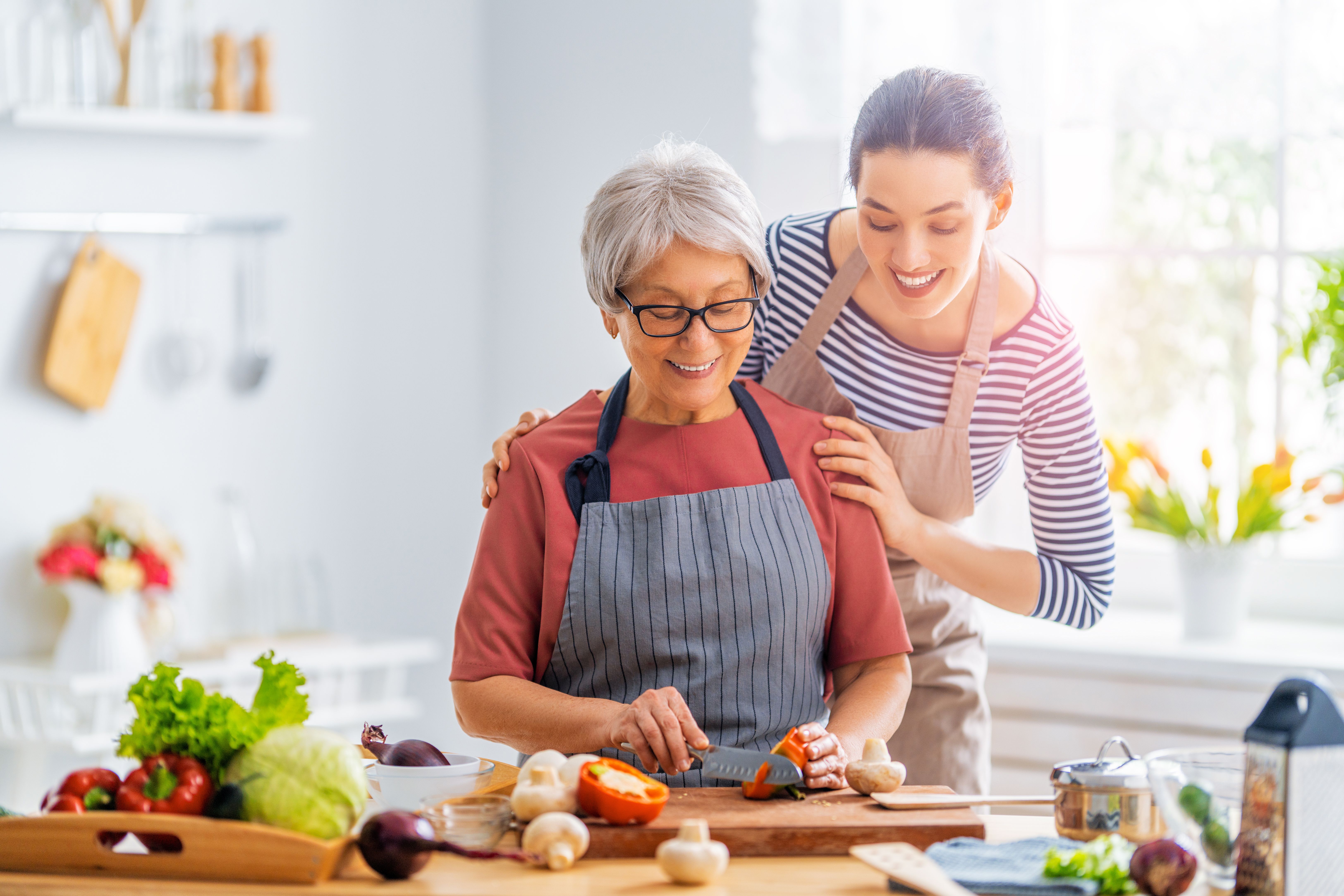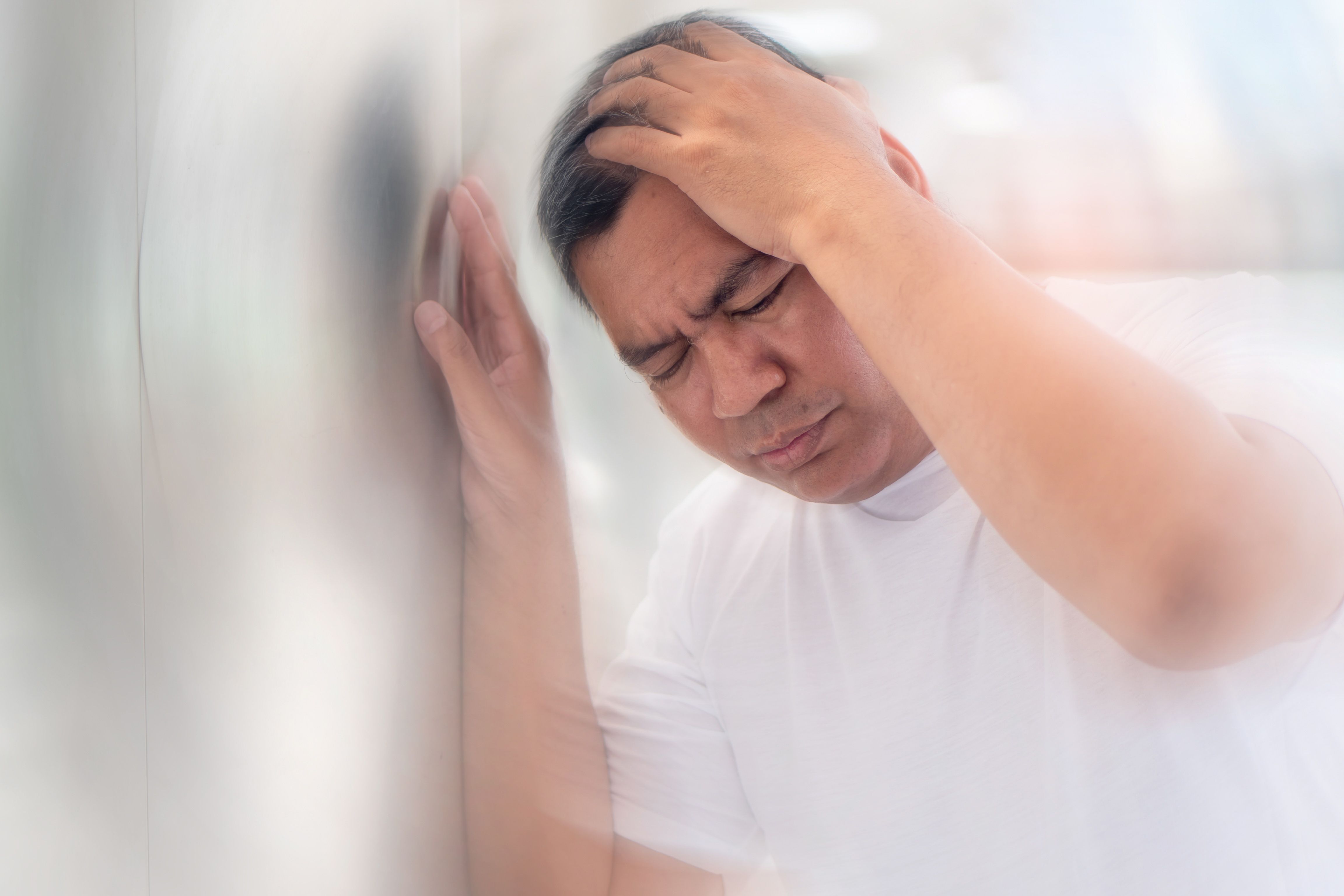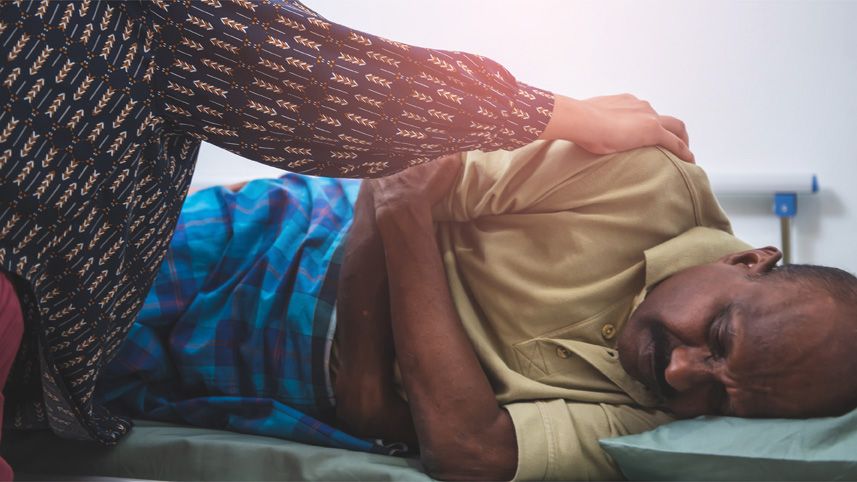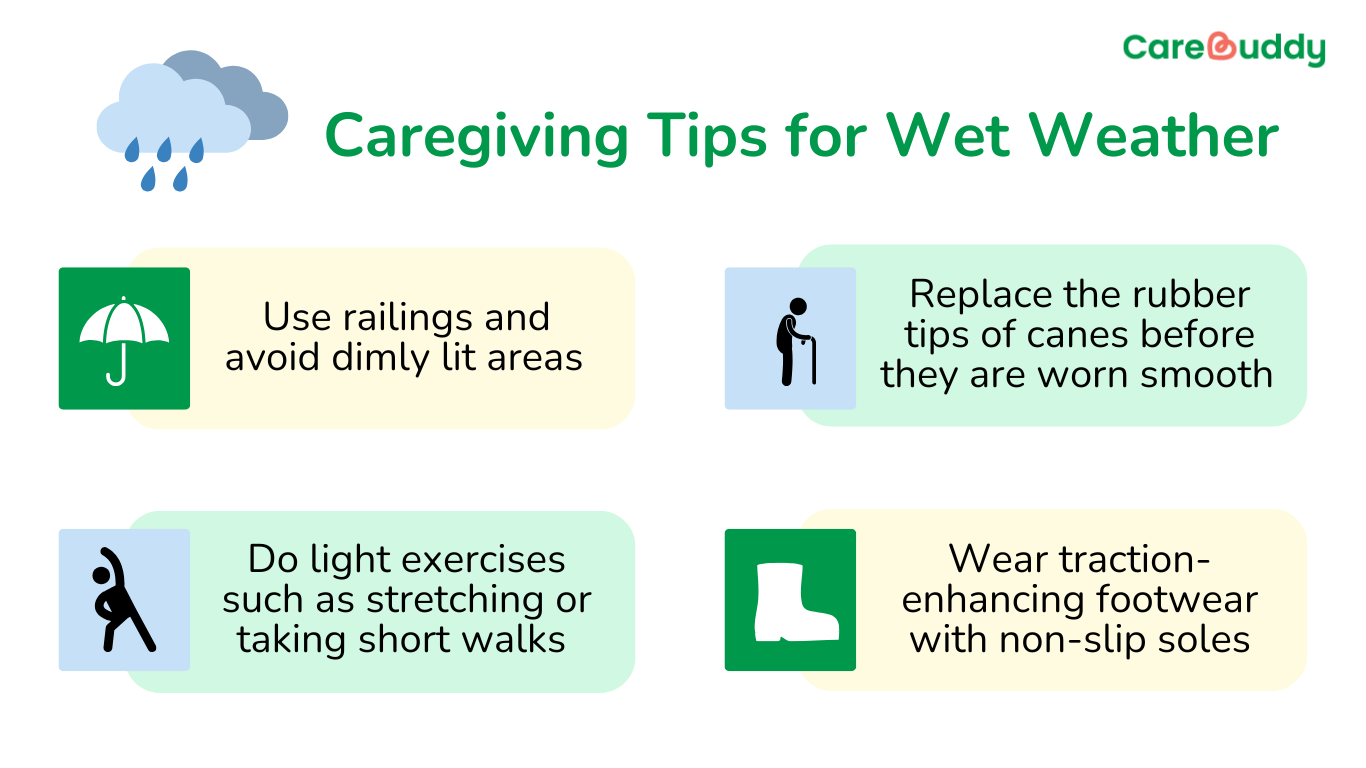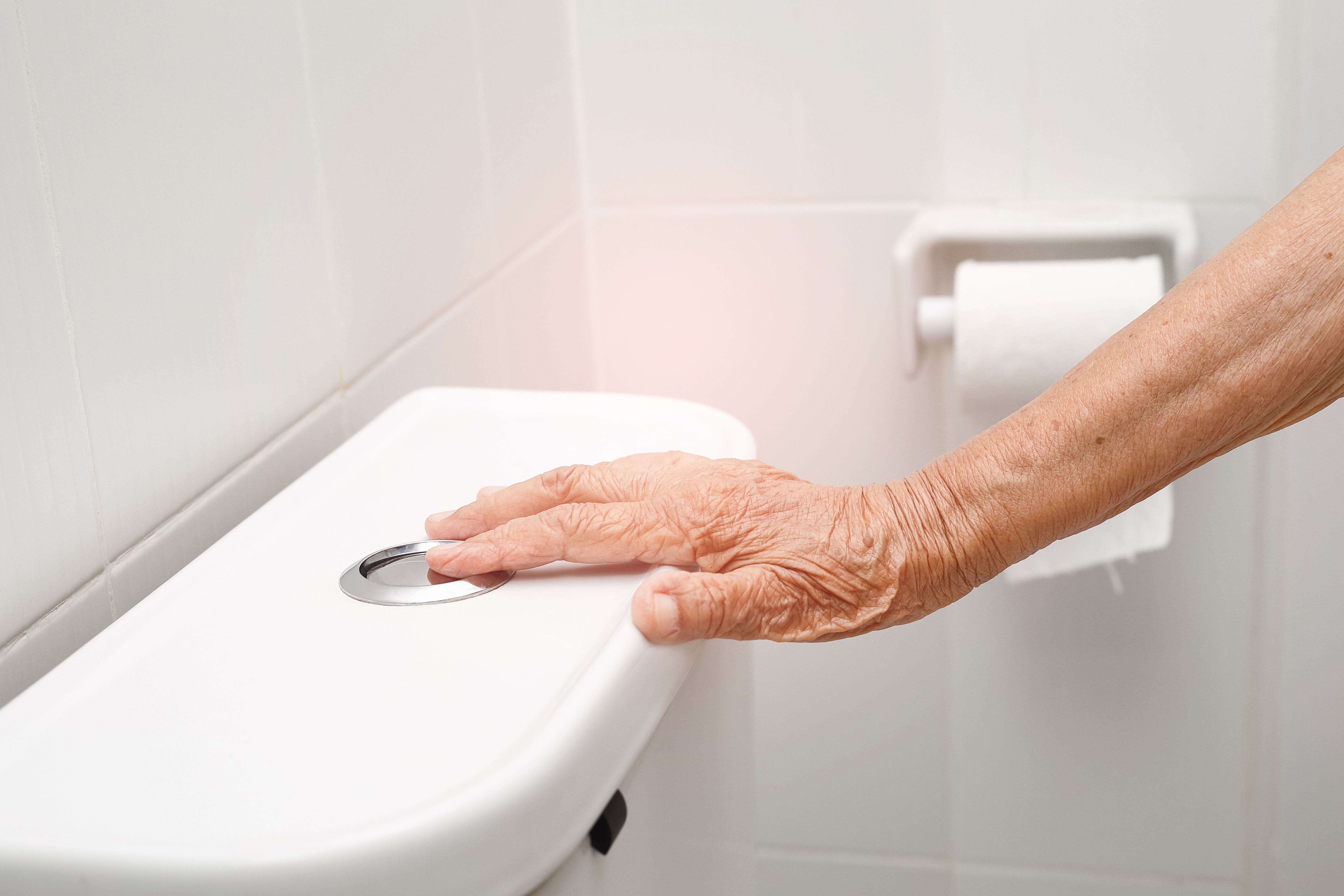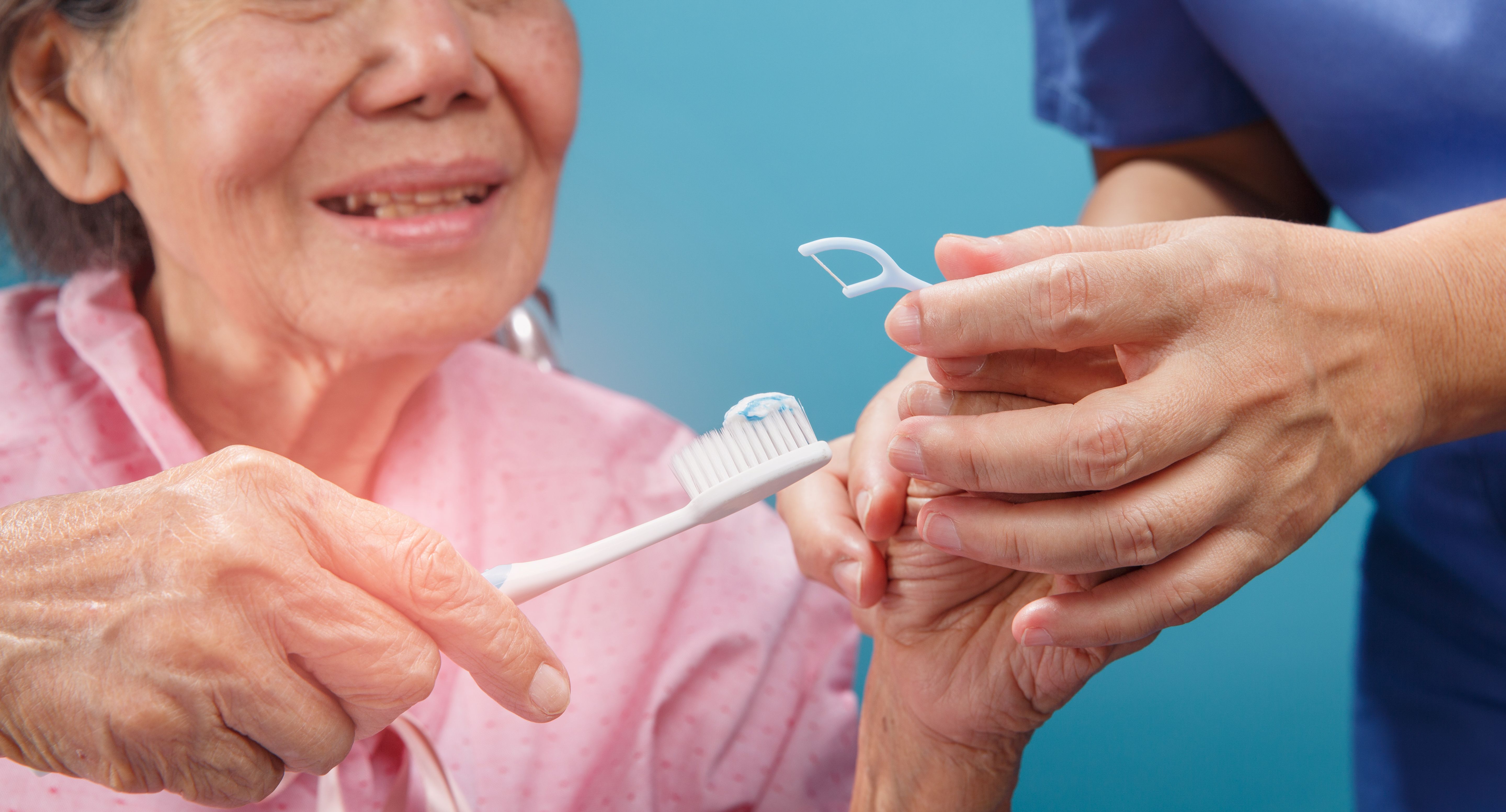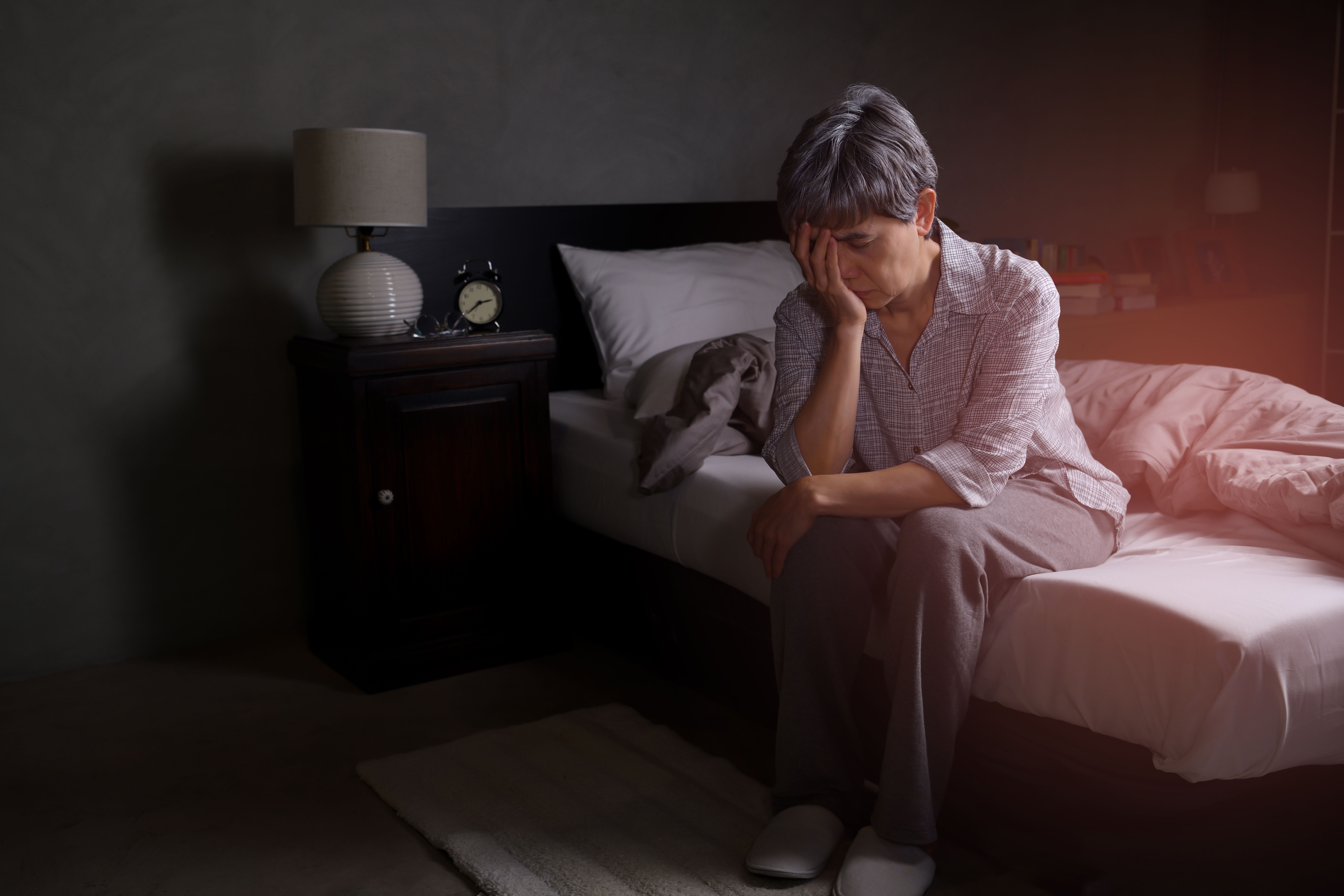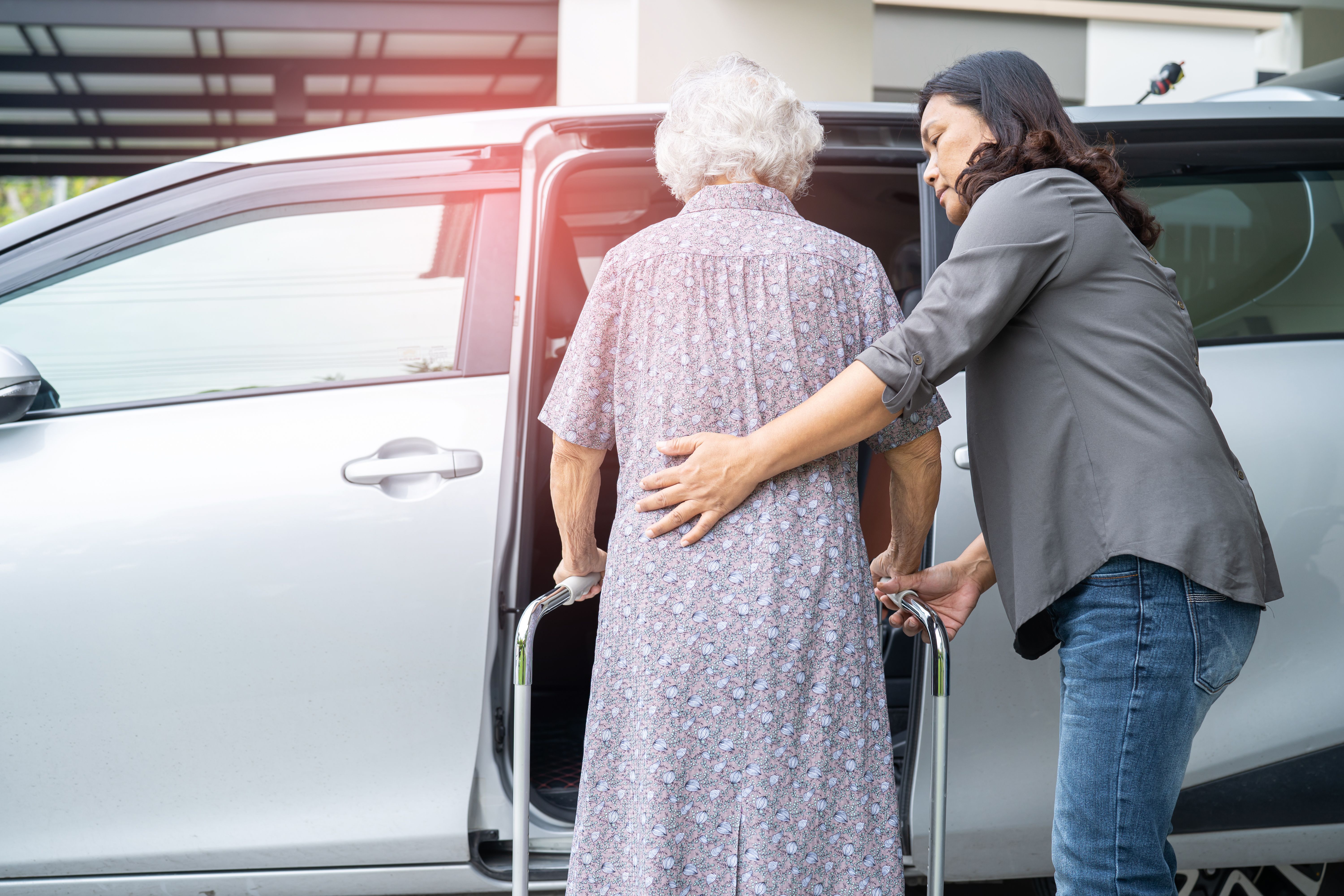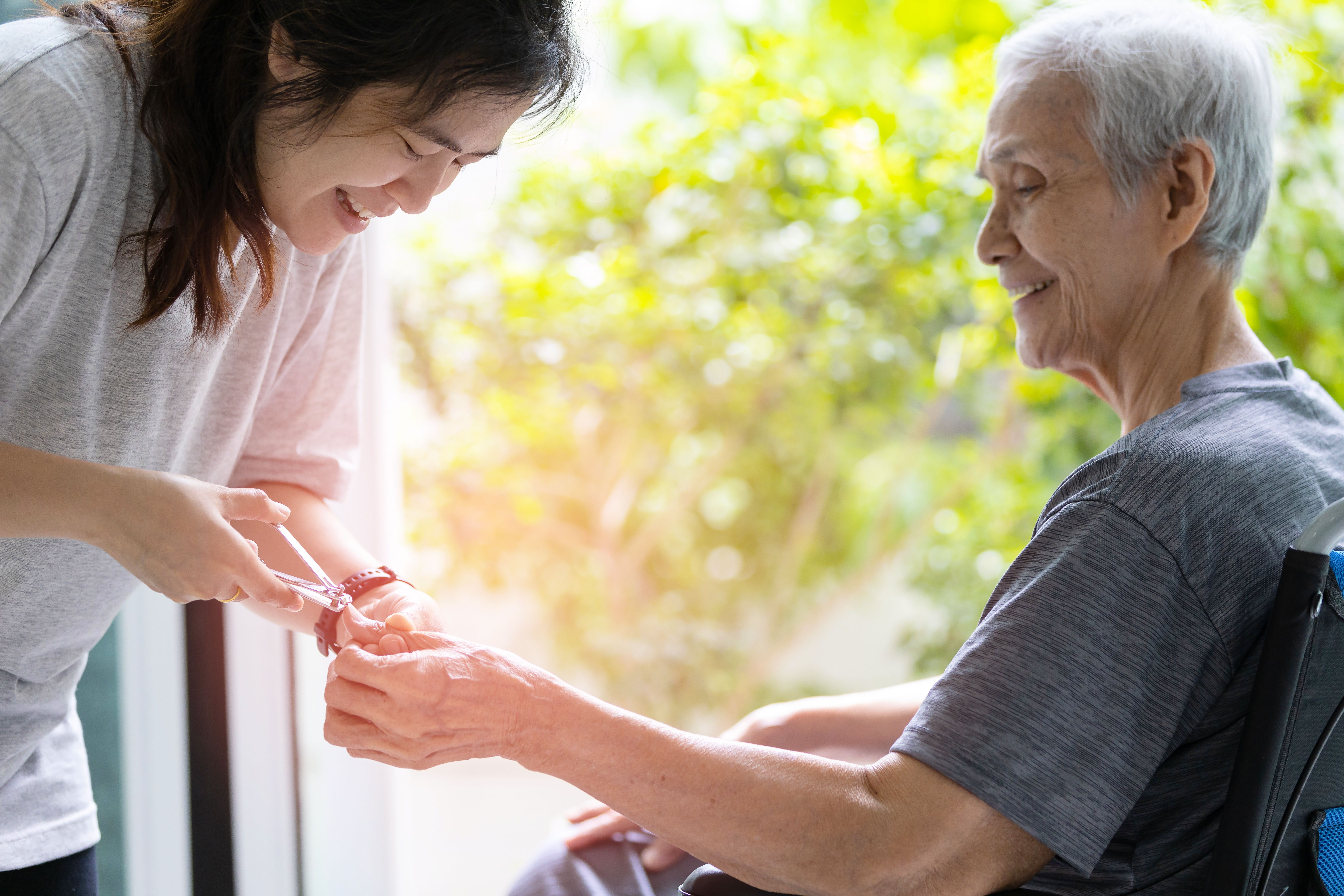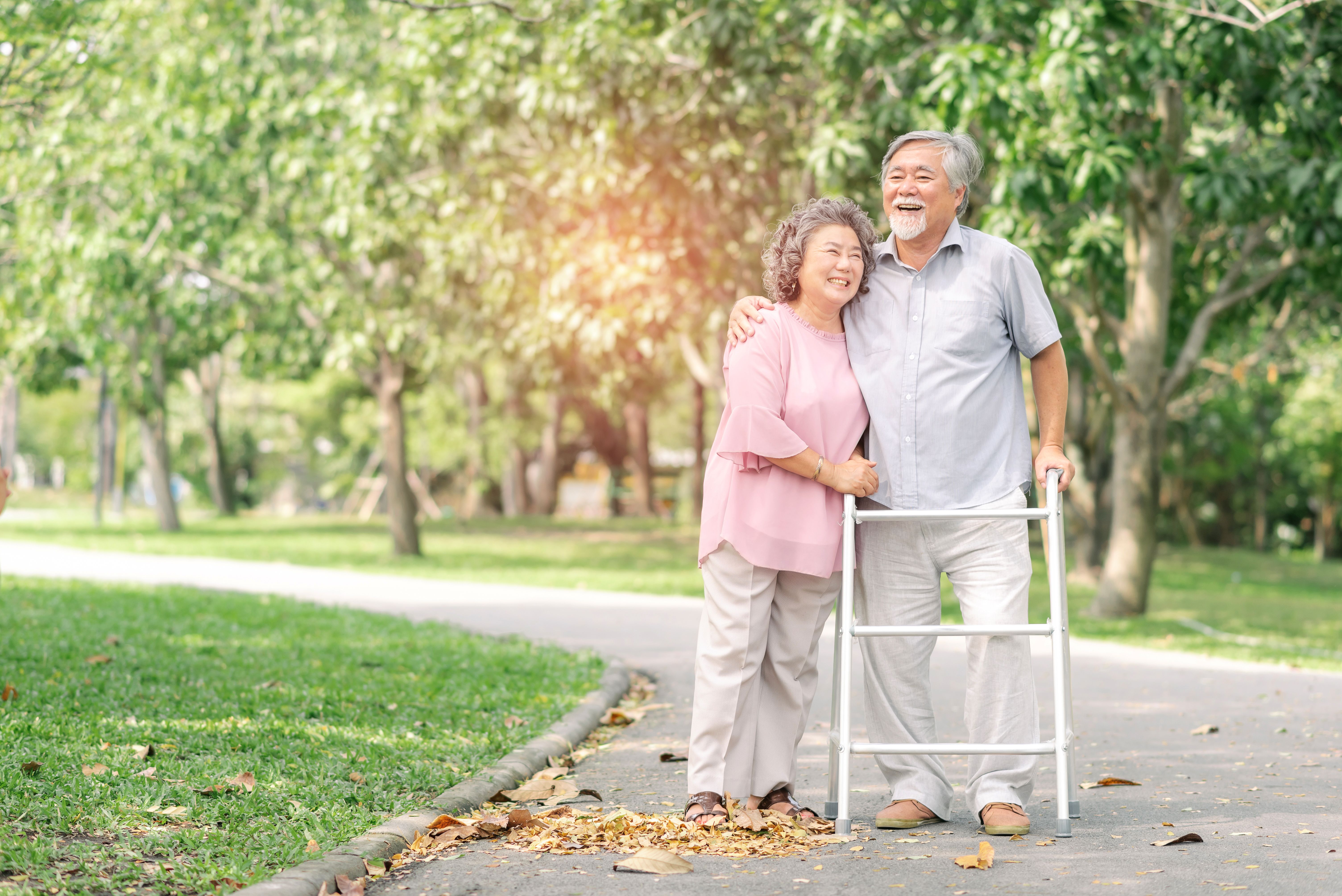Musculoskeletal Injuries - Fractures, Dislocations and Soft Tissue Injuries
- CareBuddy
- 4 Mins Read
- 21 Sep 2022
- Elderly Care

A fracture is a break in a bone that can happen due to accidents, falls or sports injuries.
A fracture can be
- Closed: Internal and does not penetrate skin.
- Open: With an open wound in the skin near where the injury occurred.
- Complicated: With damage to surrounding structures such as arteries, veins and nerves.
Fractures can be caused by direct force (e.g. a heavy object like a soccer ball hits the bone and breaks it at the point of impact) or indirect force (e.g. an injury such as falling from a ladder causes compressional and rotational force that breaks a bone a distance away from the point of impact).
A dislocation is an injury in which a bone is forced out from its normal position, e.g. shoulder dislocation if the upper slips out of the shoulder socket.
Signs and symptoms of fractures
- History of injury
- Inability to move or bear weight on affected part
- Pain and tenderness at the injured site
- Swelling and bruising
- Deformity or shortening
Signs and symptoms of dislocations
- Joint is visibly out of place
- Pain, numbness or tingling
- Swelling and bruising
- Restricted movement of joint
First aid for open fracture
- Lay the care receiver down and minimise movement.
- Support the injured part until it is immobilised.
- Cover the wound with a clean pad (e.g. triangular bandage pad or gauze pad) and bandage the wound. Check the circulation beyond the bandaging every 10 minutes.
- Call 995 for emergency medical services.
- Do not move the care receiver until the injured part is secured and supported.
- DO NOT attempt to straighten fracture.
First aid for closed fracture
- Lay the care receiver down and minimise movement.
- Support the injured part until it is immobilised.
- Call 995 for emergency medical services.
- Do not move the person until the injured part is secured and supported.
- DO NOT attempt to straighten fracture.
First aid for dislocation
- Support the injured part.
- Do not force the dislocated joint back into its “original” location.
- Do not move the care receiver until the injured part is secured and supported.
Apply an Arm Sling
- Place an open sling under the injured arm
- Bring base ends over and around the neck and tie. Leave tips of fingers exposed to check circulation to ensure bandaging is not too tight (skin colour: blue/pale/cold?)
- Secure the apex to sling at elbow
- Secure the arm to the chest with a board fold bandage tie over the sling, close to the elbow to stabilise
For upper arm fracture, tie a board fold bandage around the chest over the sling to stabilise
Elbow fracture
Elbow fractures are caused by falls on the elbow or by direct blows to the elbow
Support the upper arm and forearm in the position you find them. If the elbow is bent, leave it bent and support it with an arm sling. Place soft padding between the injured arm and the body and tie a board fold bandage across the chest over the sling.
- If the elbow is not bent, do not try to bend it in order to apply a sling to the arm.
- Place a soft padding between the injured limb and the body.
- Bandage the injured limb to the trunk with board fold bandage, first at the wrist, then above the elbow.
- Support the injured arm below the elbow with the uninjured arm or with a board bandage.
Fracture of the collar, hand and fingers, dislocated shoulder and ribs
Apply an Elevation Sling
- Place the injured hand on the opposite shoulder. Place the sling diagonally across the chest from the shoulder, following the natural line of the injured arm.
- Fold the base over the arm to form the sling
- Twist the apex and folder base together and take the twisted end around the casualty’s back to tie off at the opposite shoulder
- Leave tips of fingers exposed to check circulation
- Tie a board fold bandage around the chest over the sling to stabilise
- For shoulder dislocation. Insert soft padding between the arm and the chest on the affected side
- For hand and fingers. Apply padding on injury prior to application of sling
Fracture of lower limb (pelvis, thigh, shin and knee)
- In splinting of the lower leg, use the uninjured leg as a splint.
- Place padding in between both legs to provide some comfort
- Tie a “Figure-of 8” with a narrow fold bandage on ankles to reduce movement causing pain and discomfort
- Tie board fold bandages over these areas:
- 1 broad-fold bandage at the knees
- 1 narrow-fold bandage above the fracture site
- 1 narrow-fold bandage below the fracture site
- All knots to end off on the uninjured side
- Avoid moving the injured leg by sliding bandages under the natural spaces under the knees, ankles or lower back
Soft Tissue Injuries
Strain
What it is: Overstretching or tearing of a muscle or tendon (tissue that attaches muscle to bone)
Signs and symptoms:
- Pain or tenderness
- Swelling or bruising
- Reduced mobility
- Muscle spasms and weakness
Muscle contusion
What it is: Injury to muscle fibres, connective tissue, blood vessels or nerves
Signs and symptoms:
- Swelling and bruising
- Pain that gets worse over time
- Muscle tightness
- Reduced mobility
Muscle cramps
What it is: Involuntary painful contractions and tightening of muscles
Signs and symptoms:
- Sudden and sharp pain
- Swelling and redness
- Severe discomfort
- Muscle weakness
Sprain
What it is: Stretching or tearing of ligaments (tissue that connects two bones)
Signs and symptoms:
- Pain
- Swelling and bruising
- Reduced mobility
- Hearing or feeling a “pop” in the joint
First aid for strains, muscle contusions and sprains: R.I.C.E. Treatment
REST – Rest and Support the affected area and don’t put further strain on it.
ICE – Apply a cold pack for 10-15 minutes and no more than 20 minutes.
COMPRESS – Wrap the injury with a crepe bandage to help control swelling. The bandage is to be applied with gentle even pressure to the injured part. Do not apply the bandage too tightly as this would restrict circulation. Expose the fingers or toes to observe for possible colour change if the bandage is too tight.
ELEVATE – Elevate the affected limb to reduce swelling.
First aid for muscle cramps
- Stretch and massage the affected muscles.
- Apply heat or cold through a warm towel, heating pad or ice pack.
- Rest the affected area for a few hours.
- Drink lots of water.
Article reviewed by David Tay, Senior Principal Educator (Nursing and Prehospital Care), HMI Institute.
